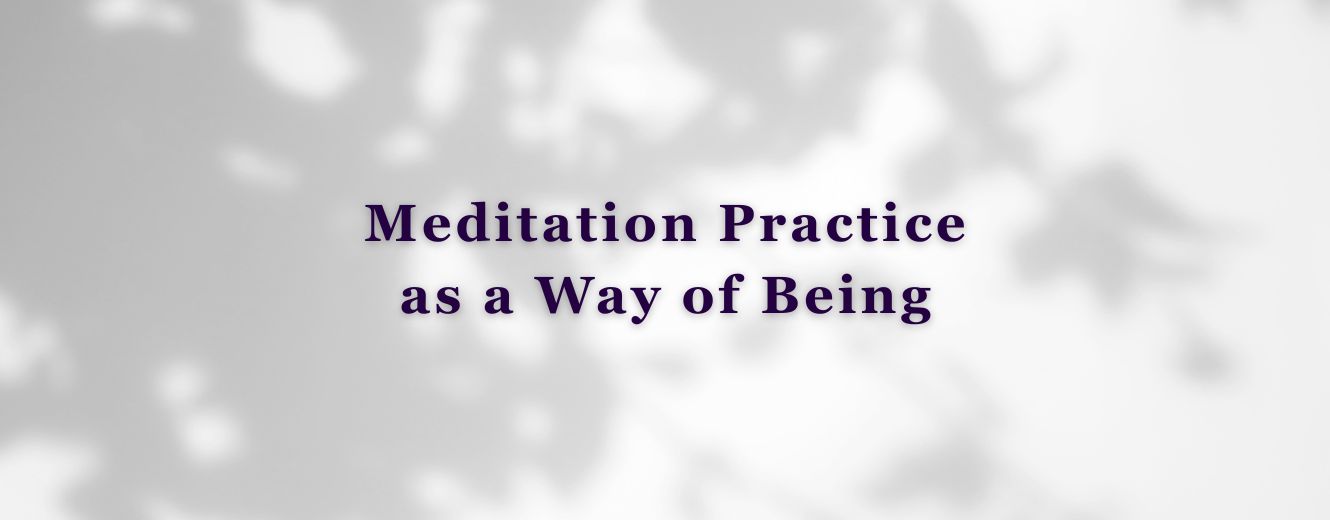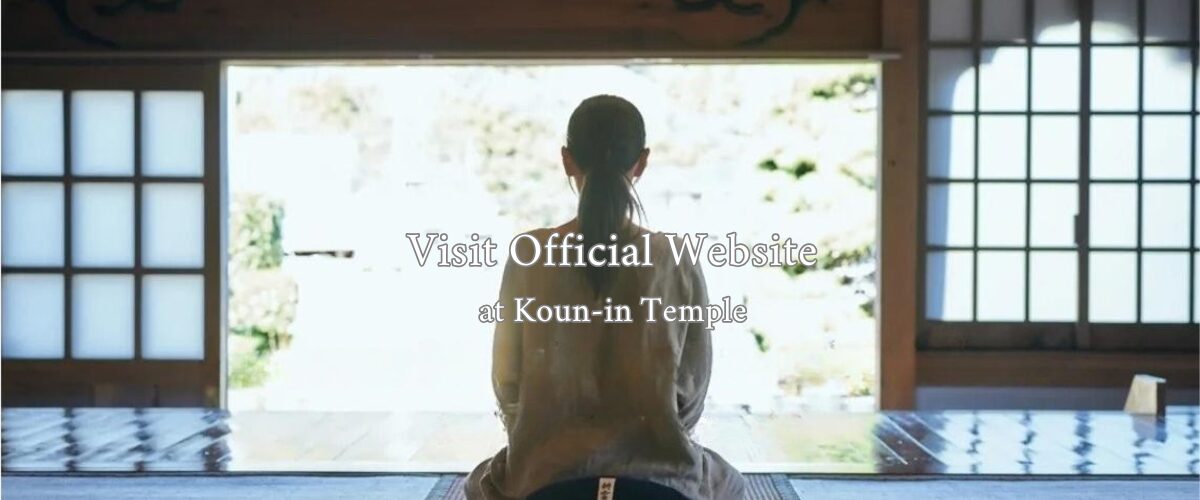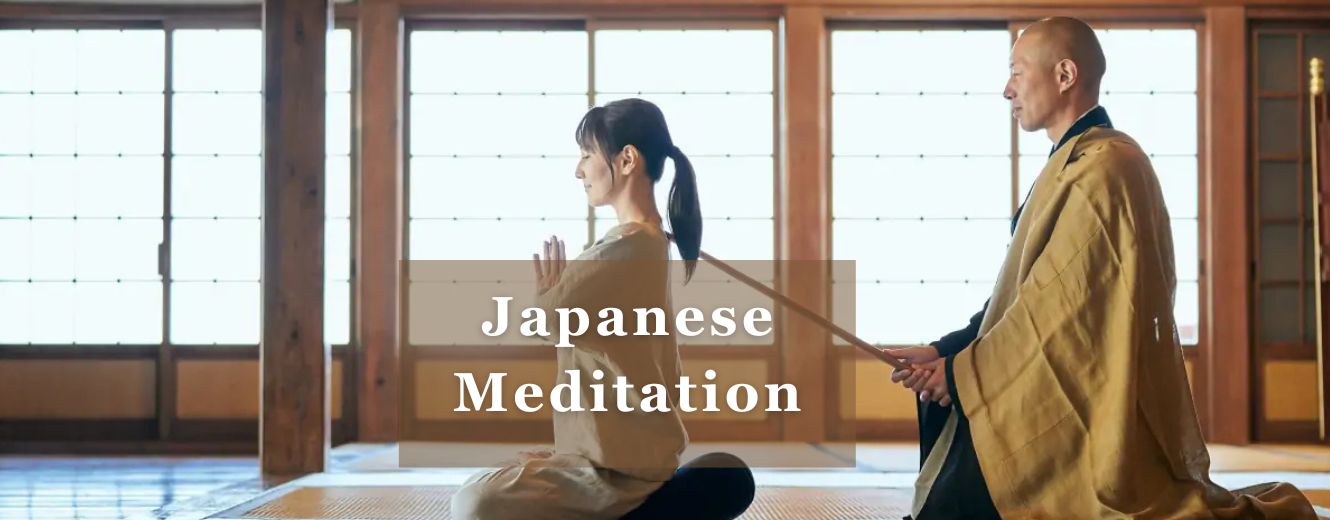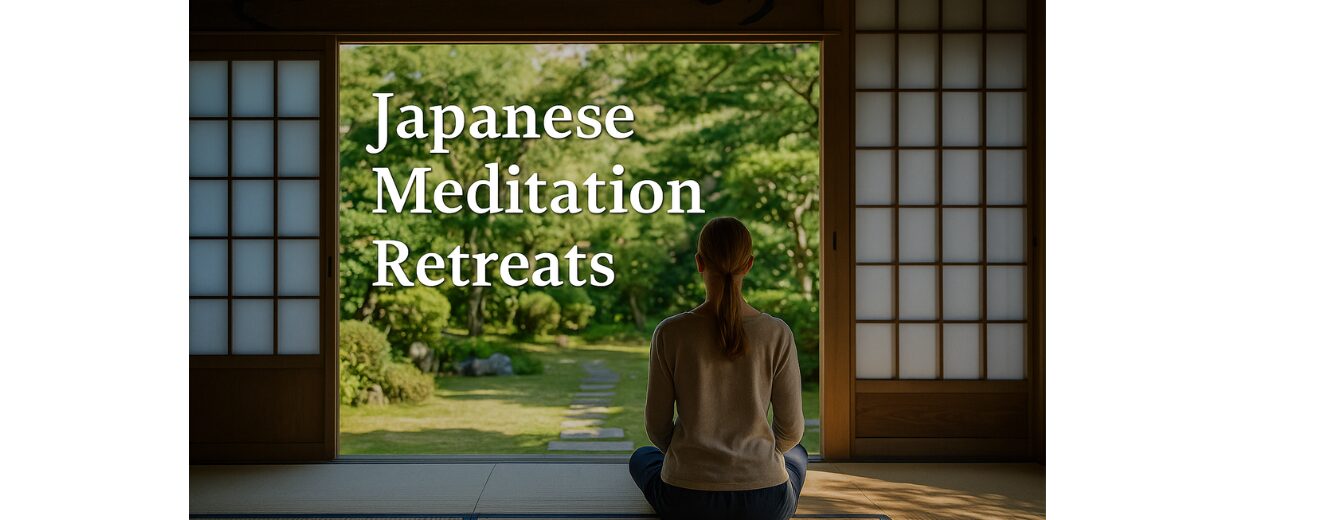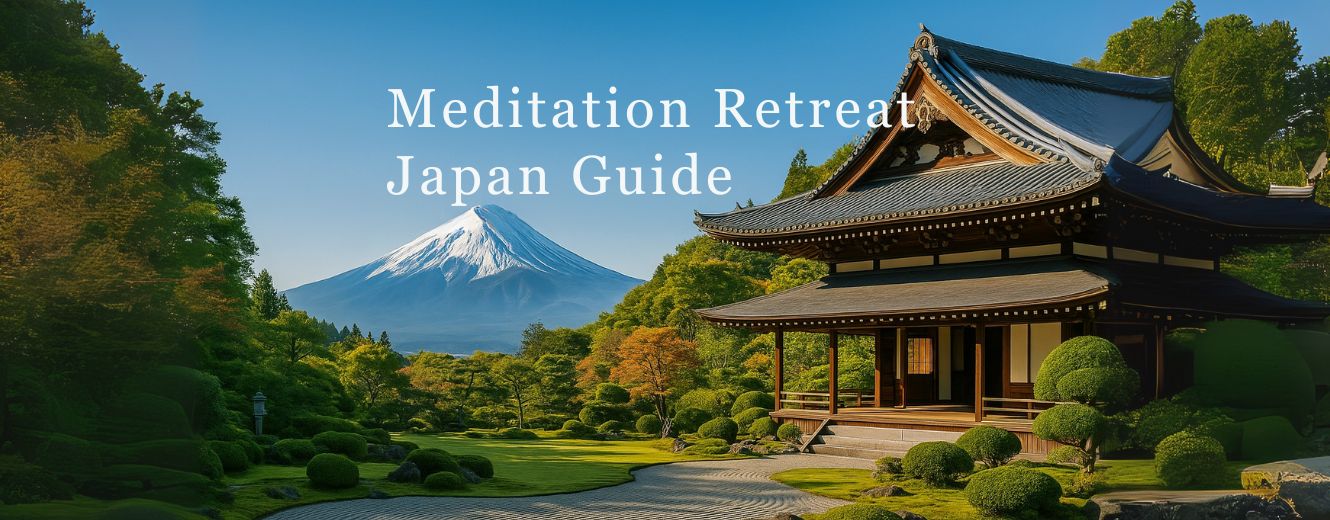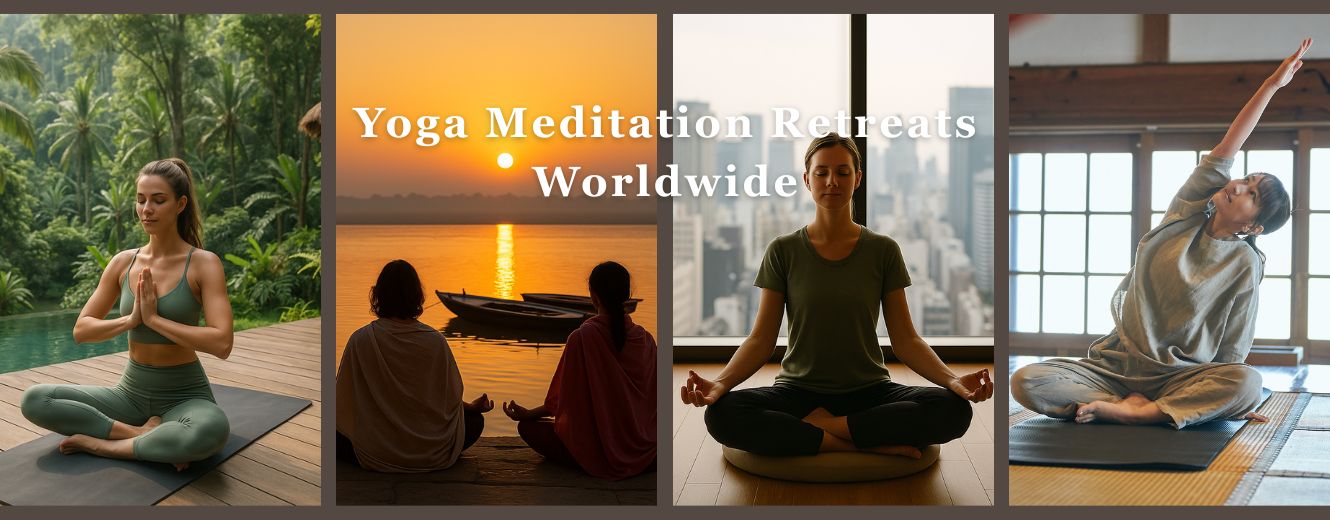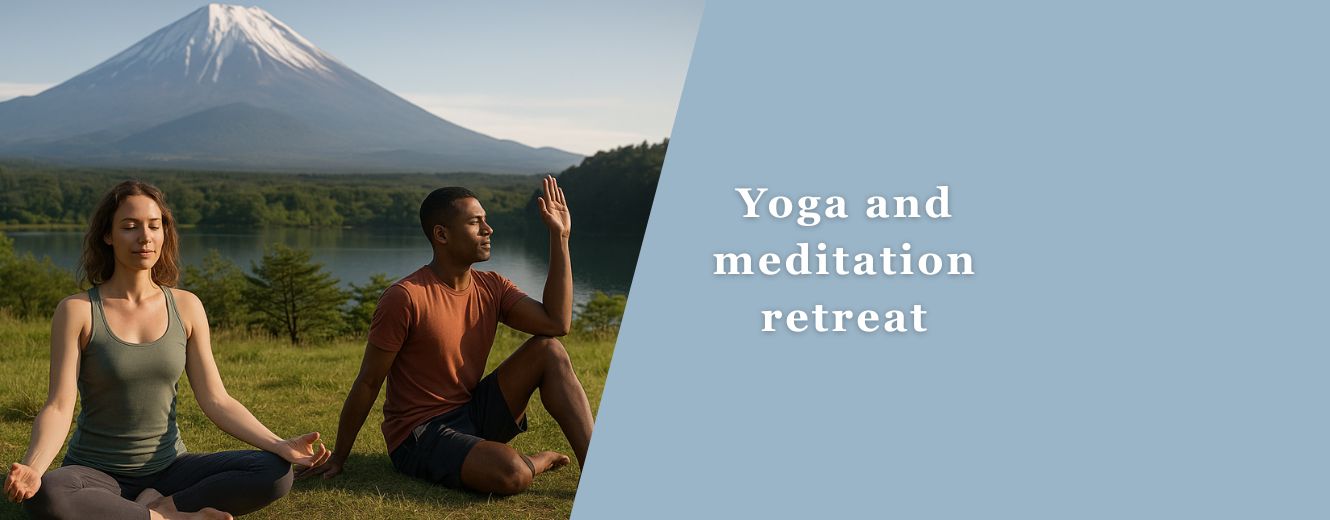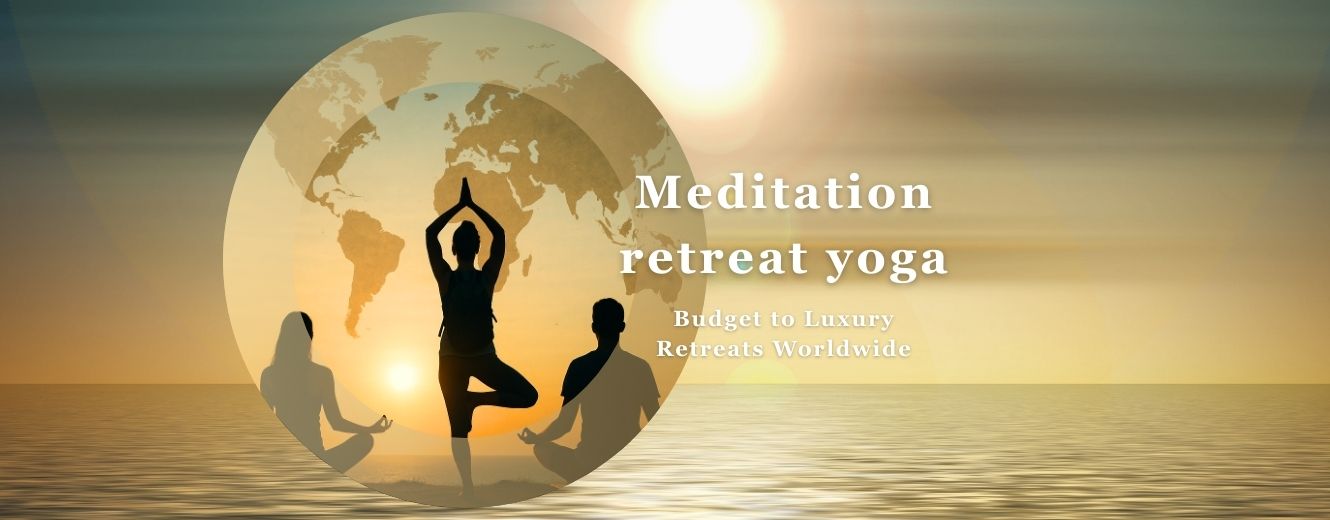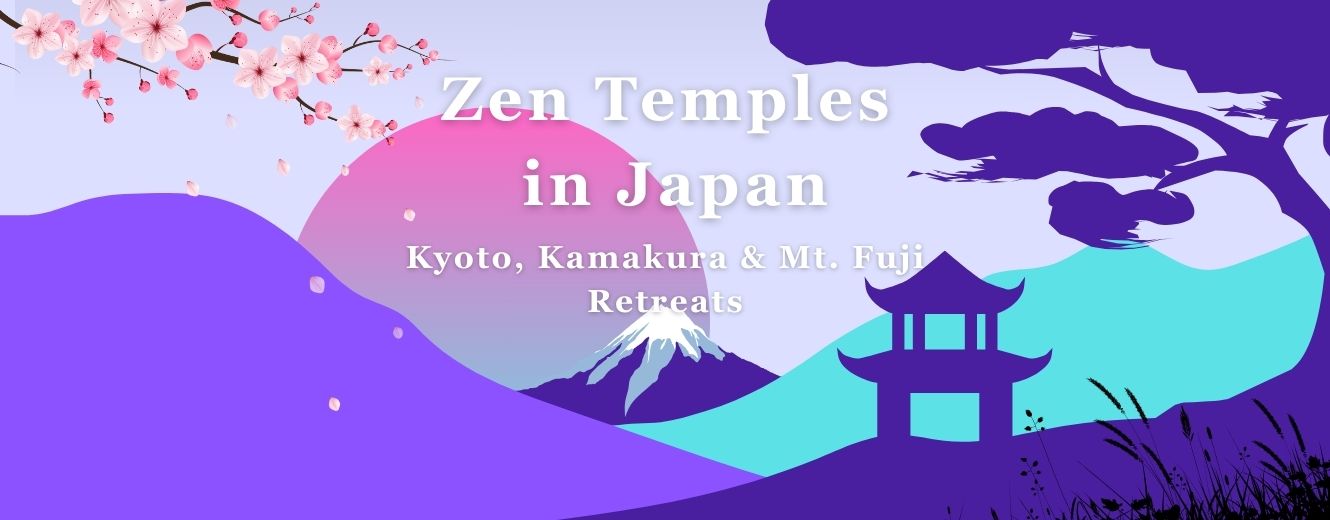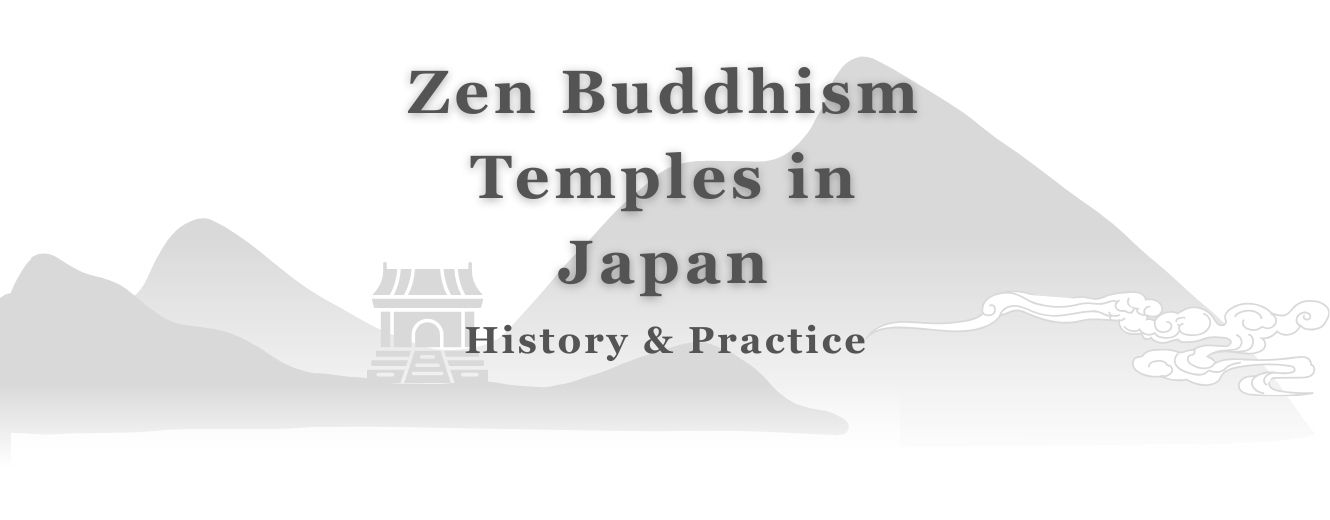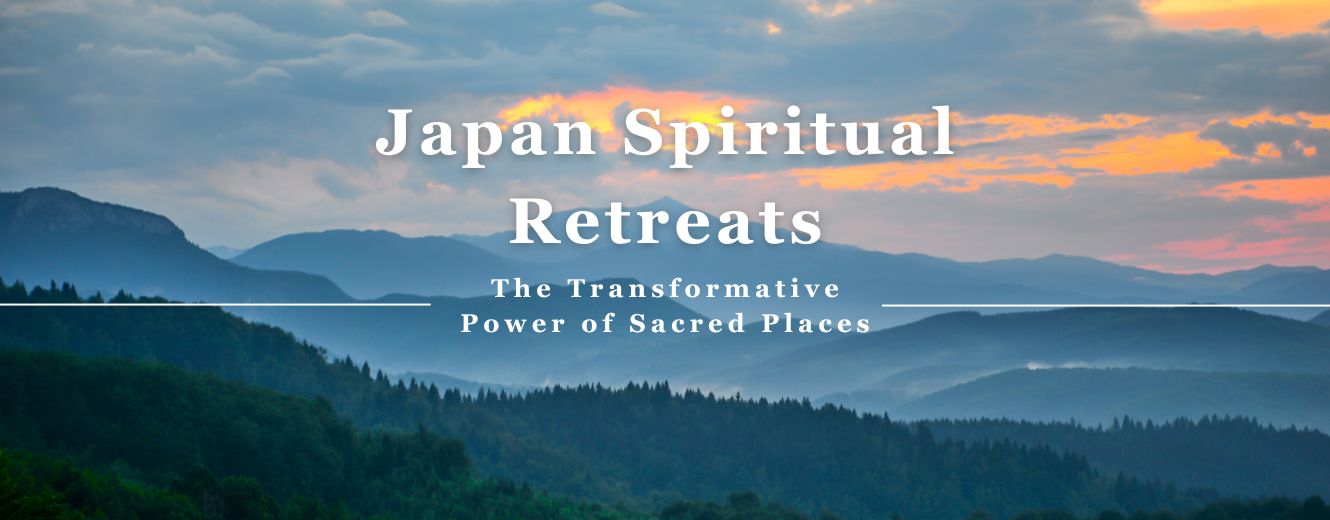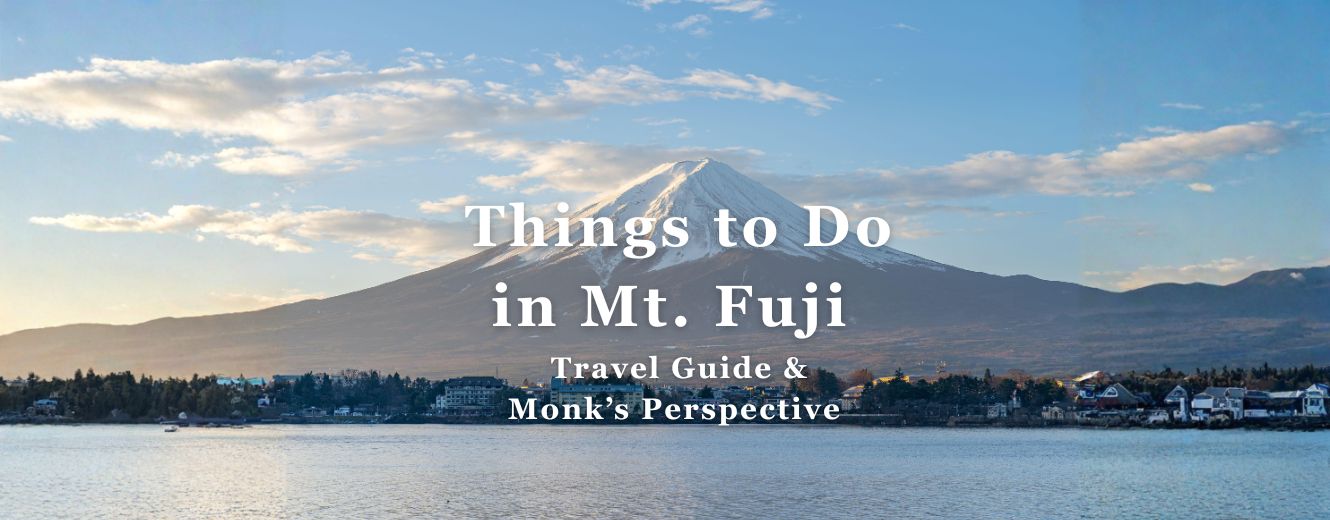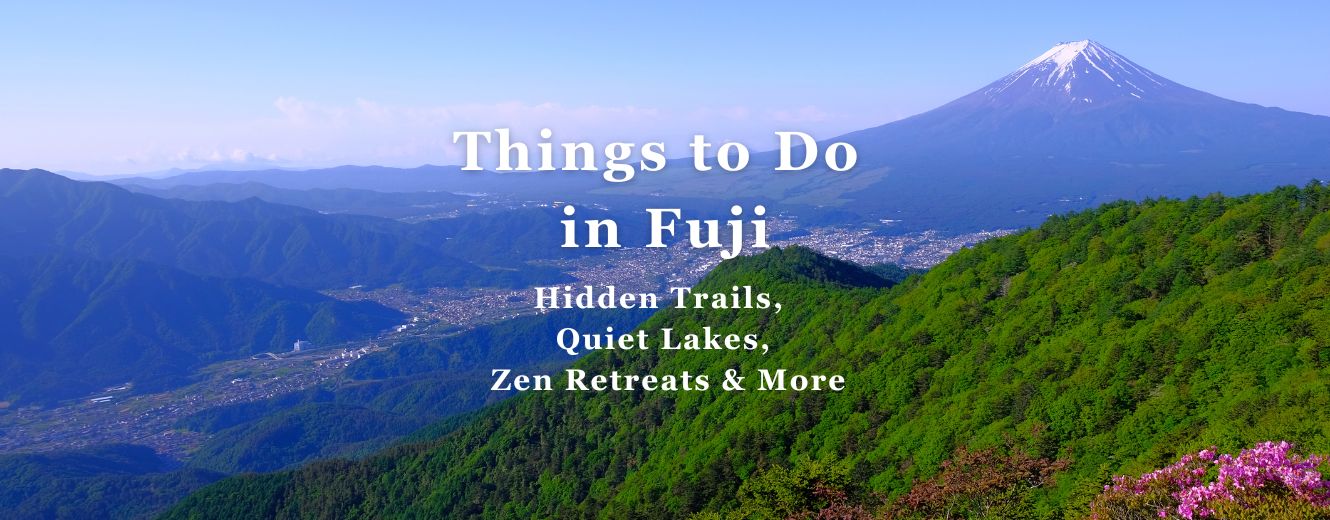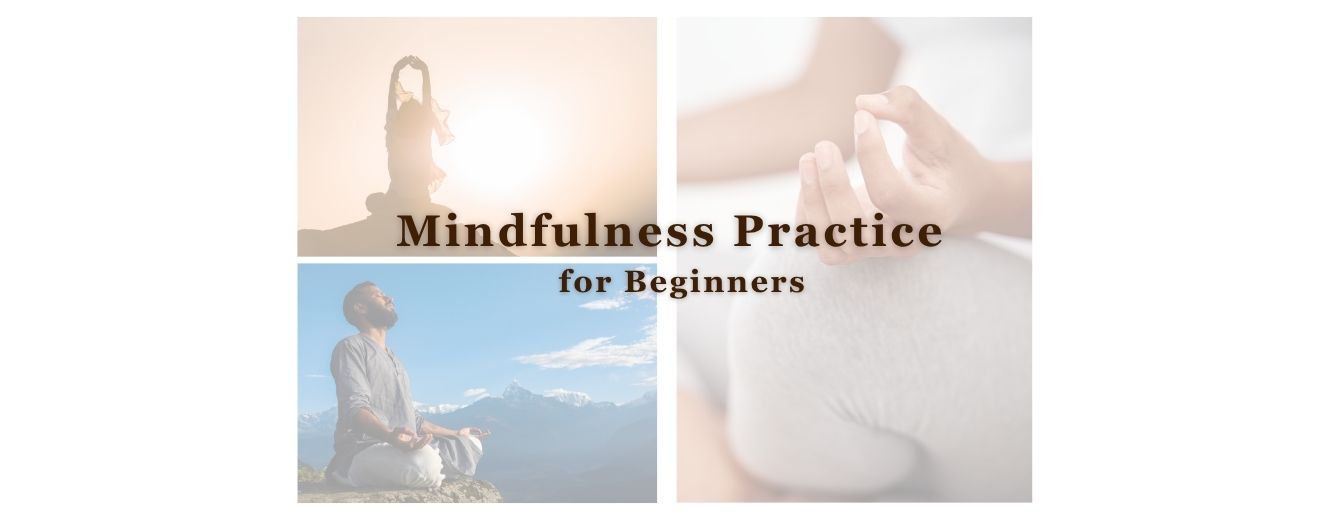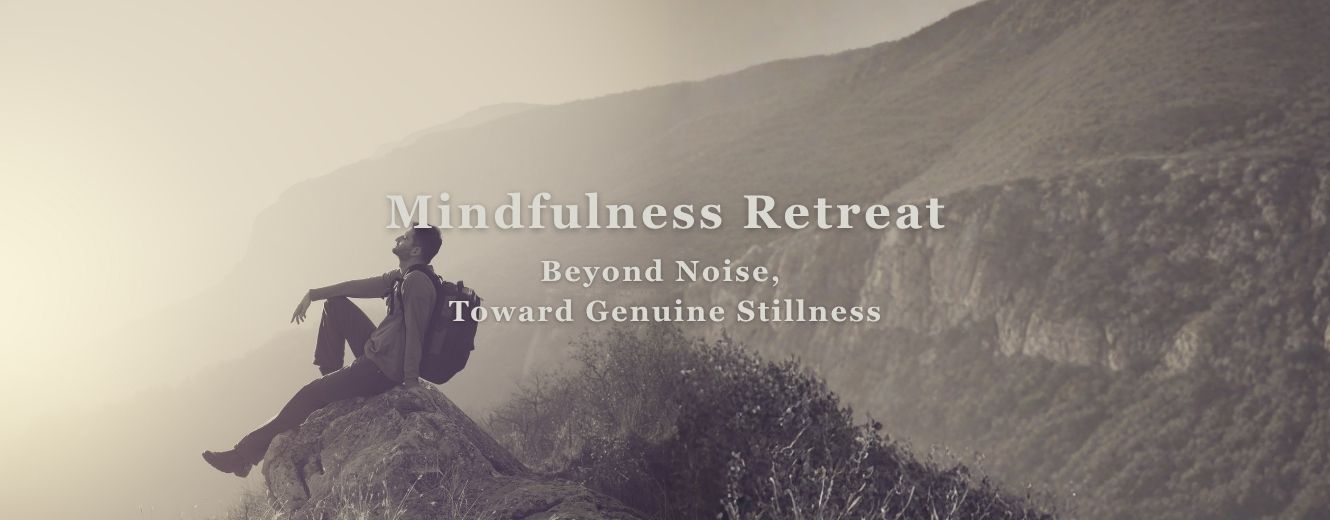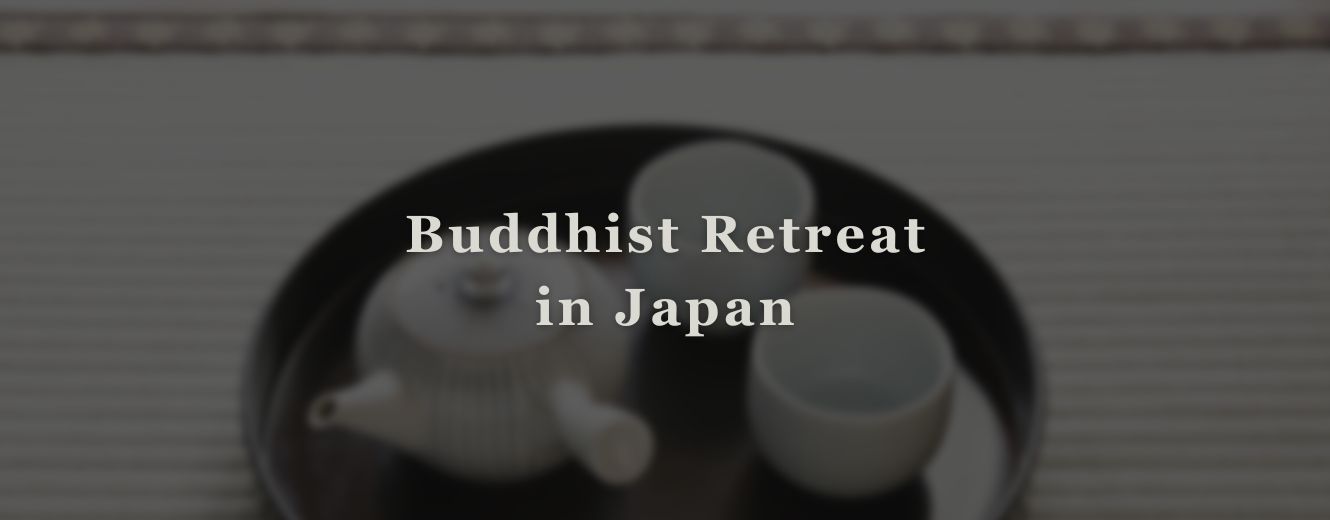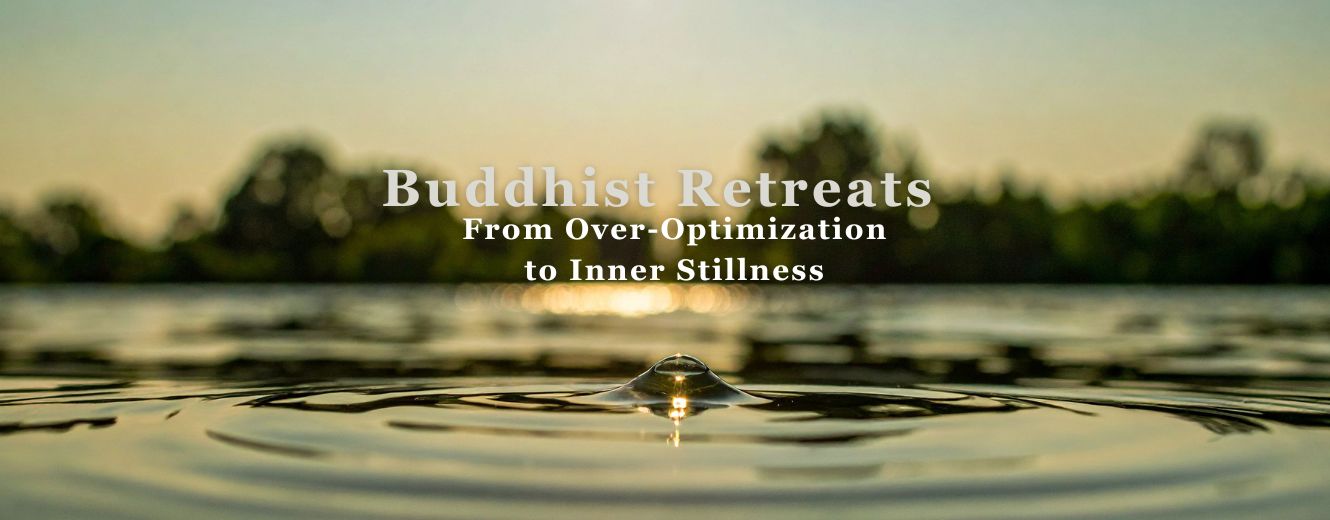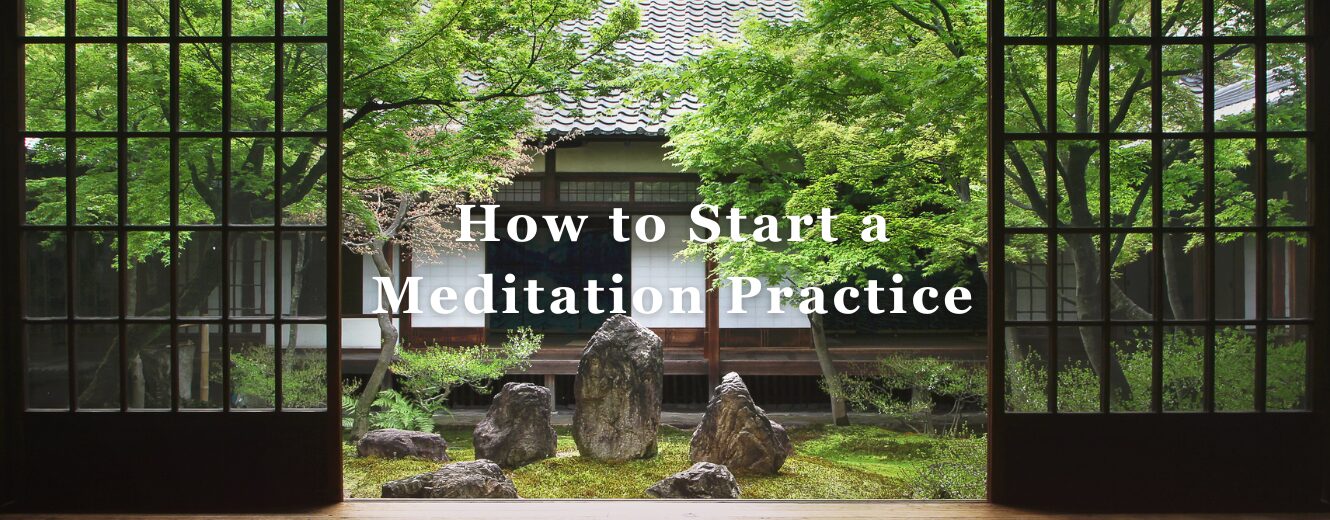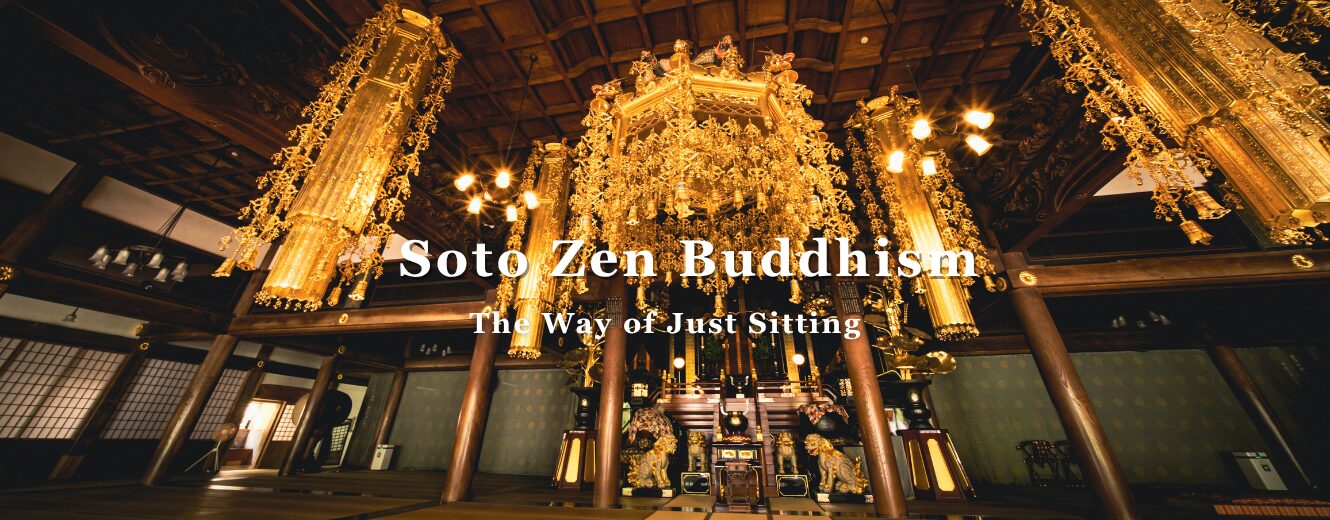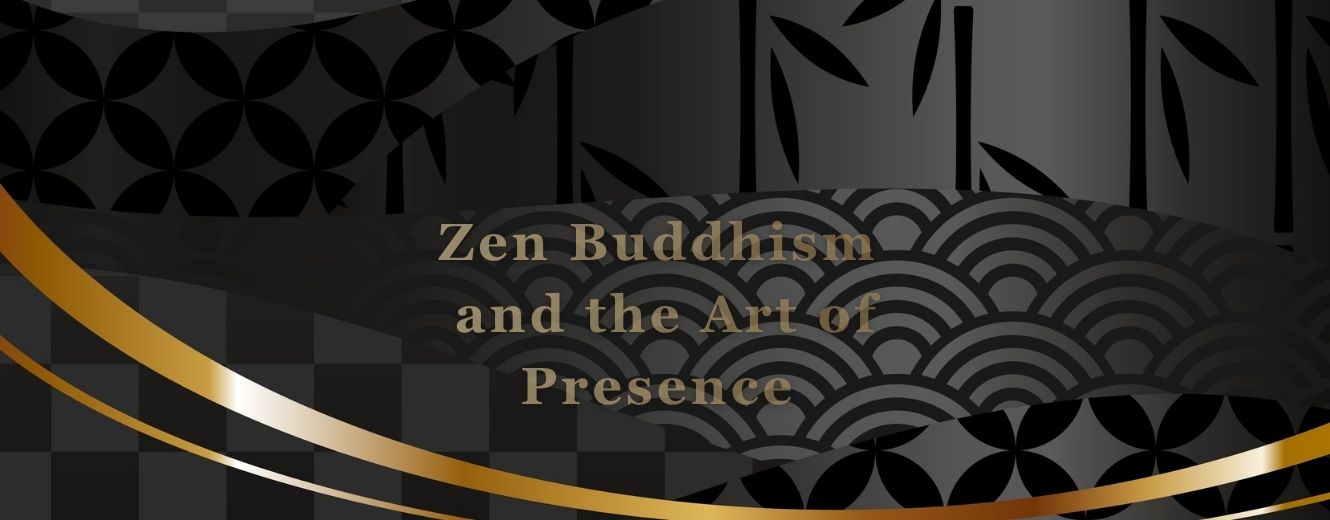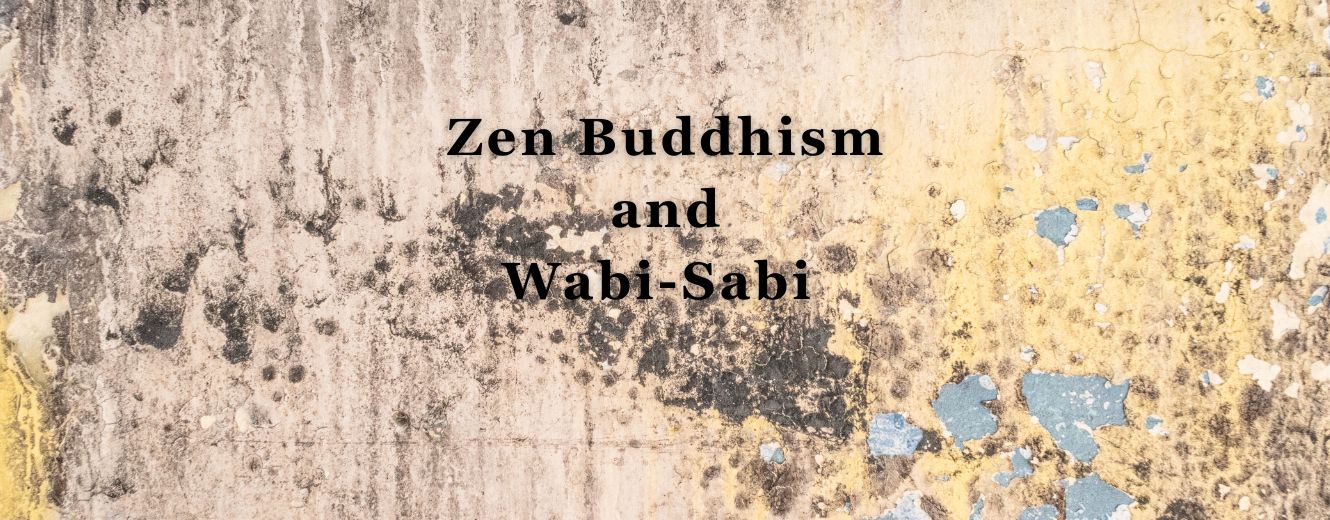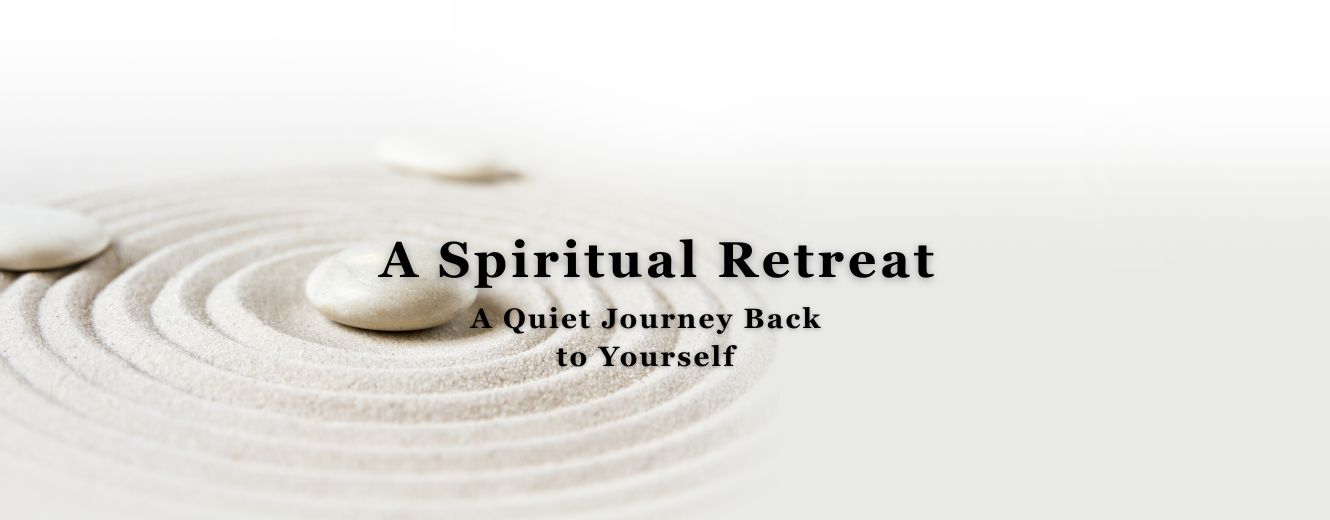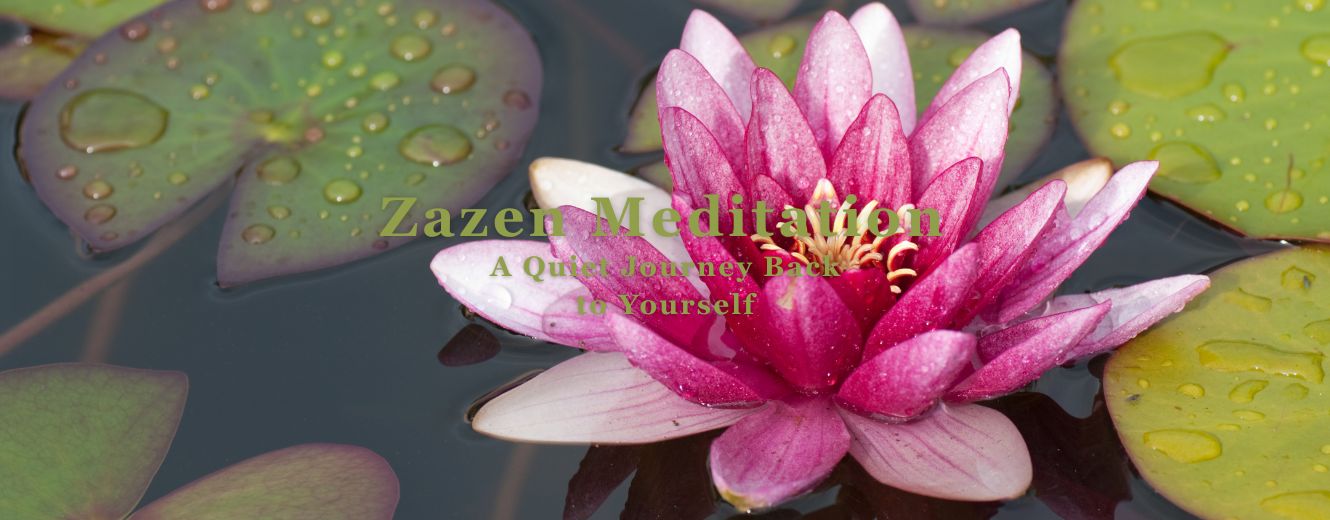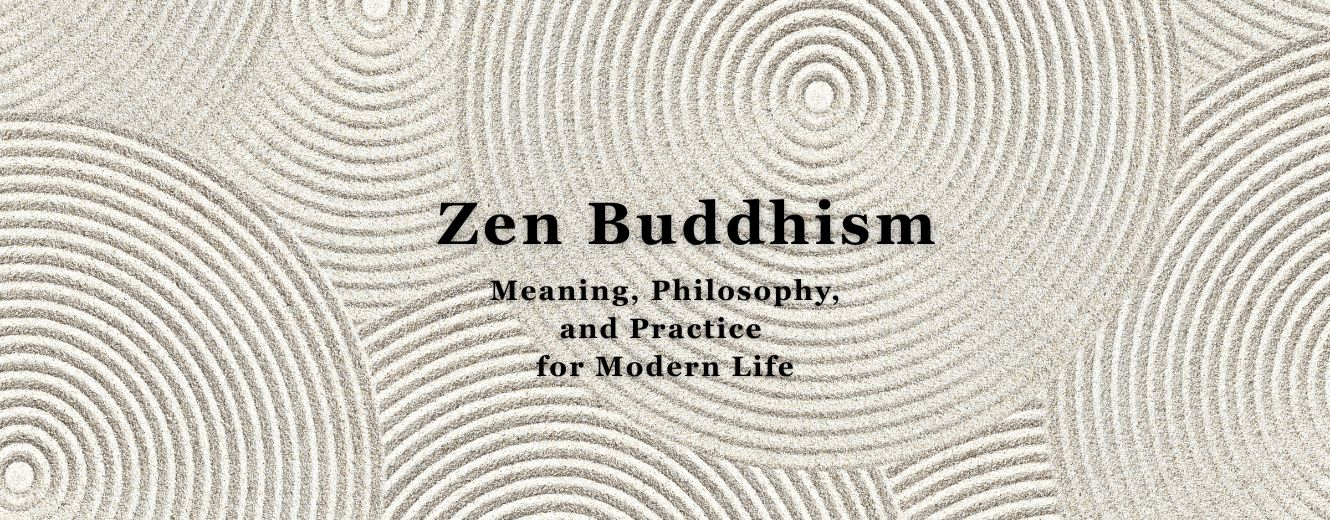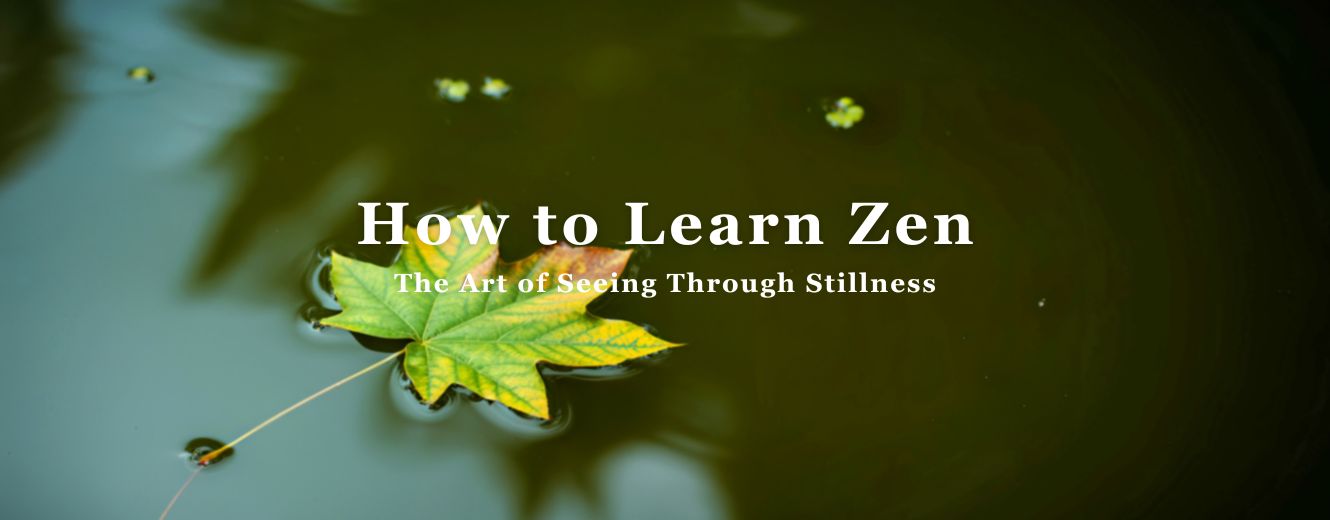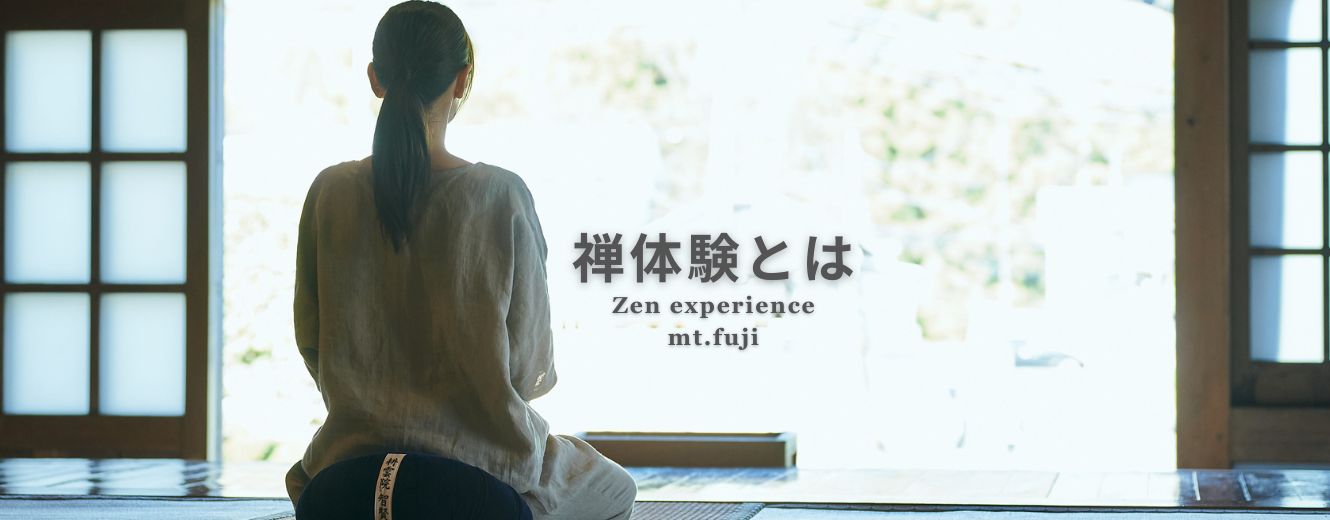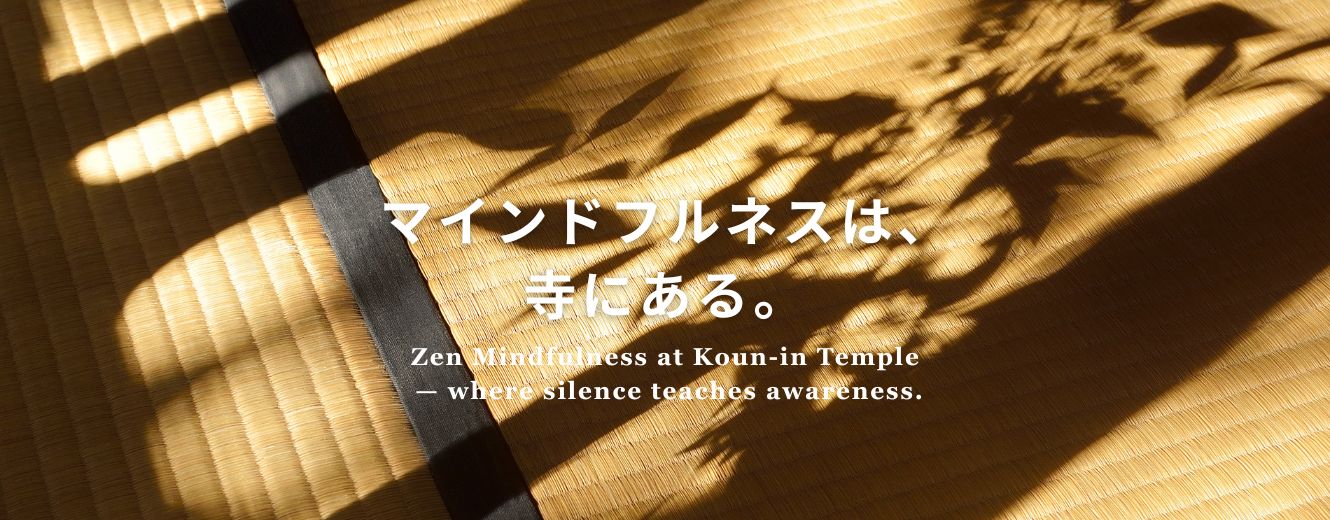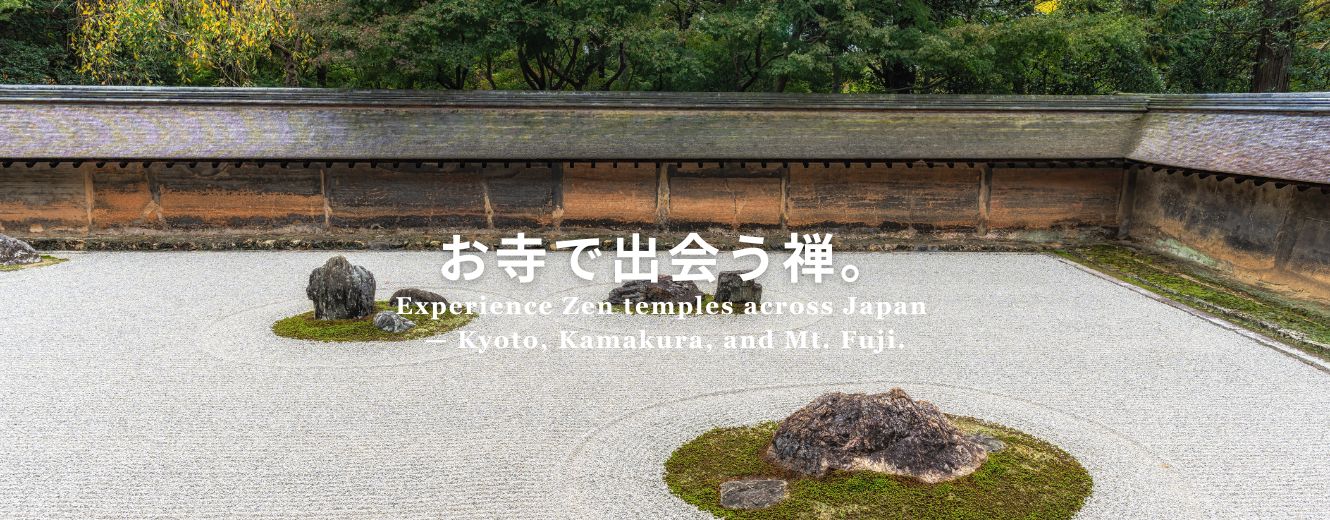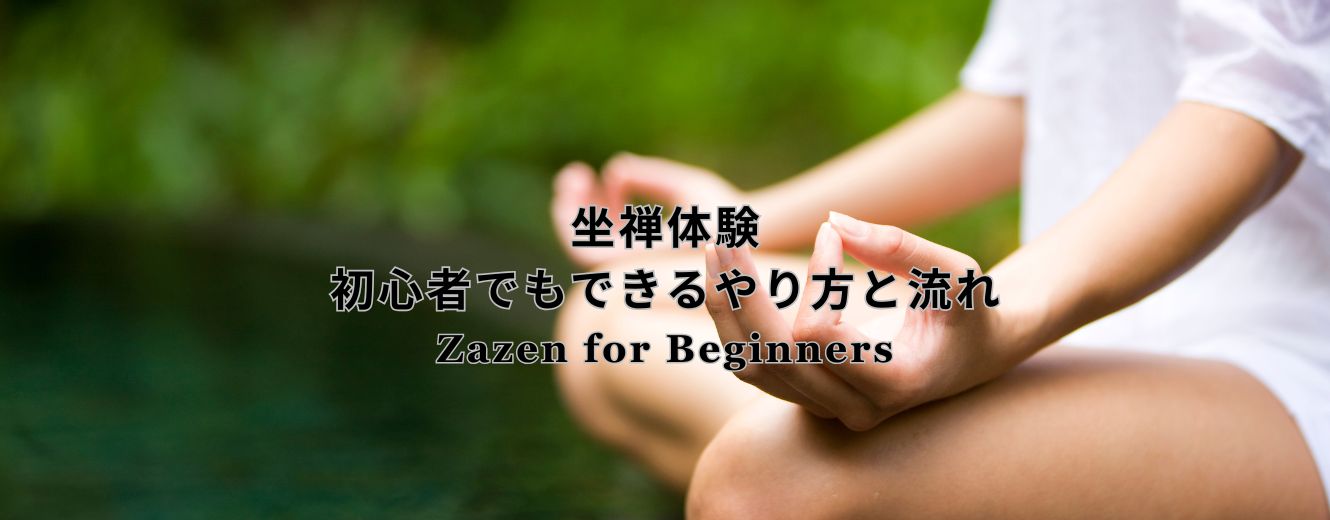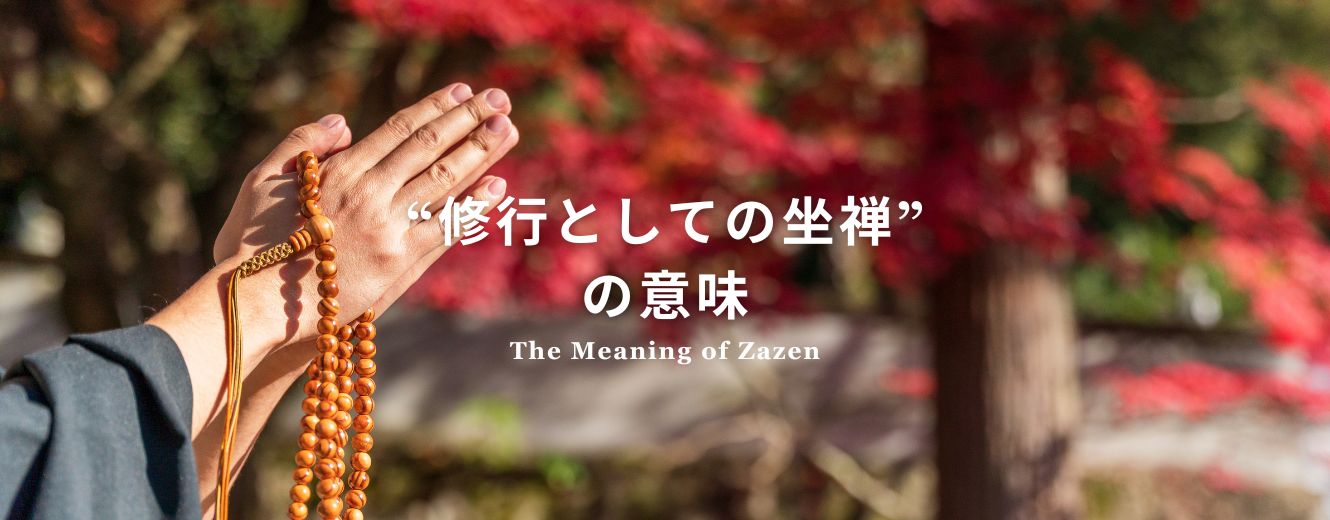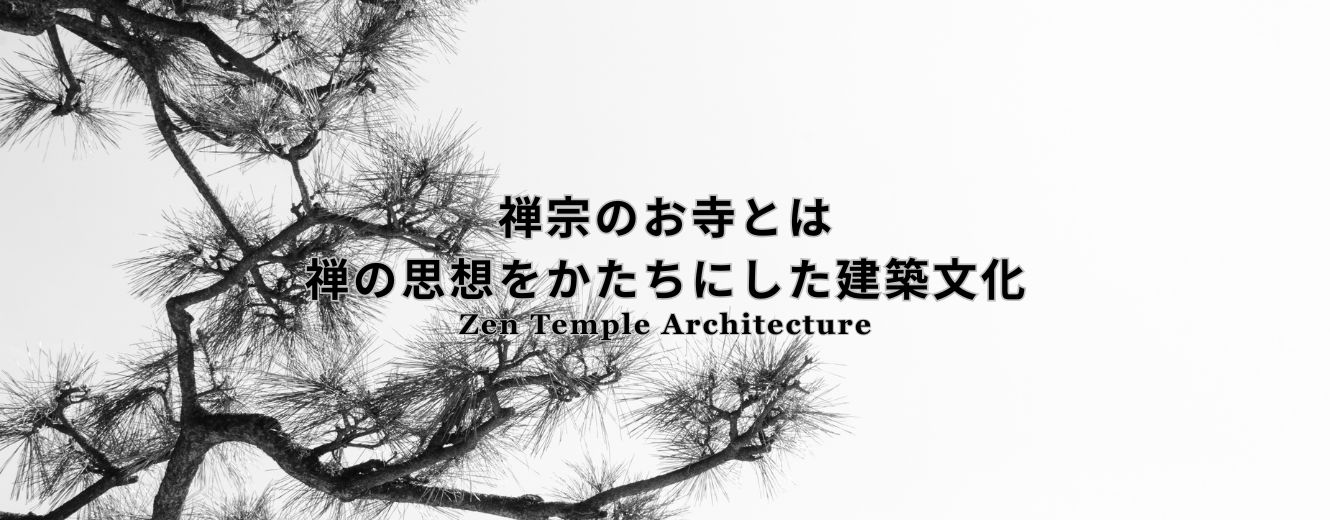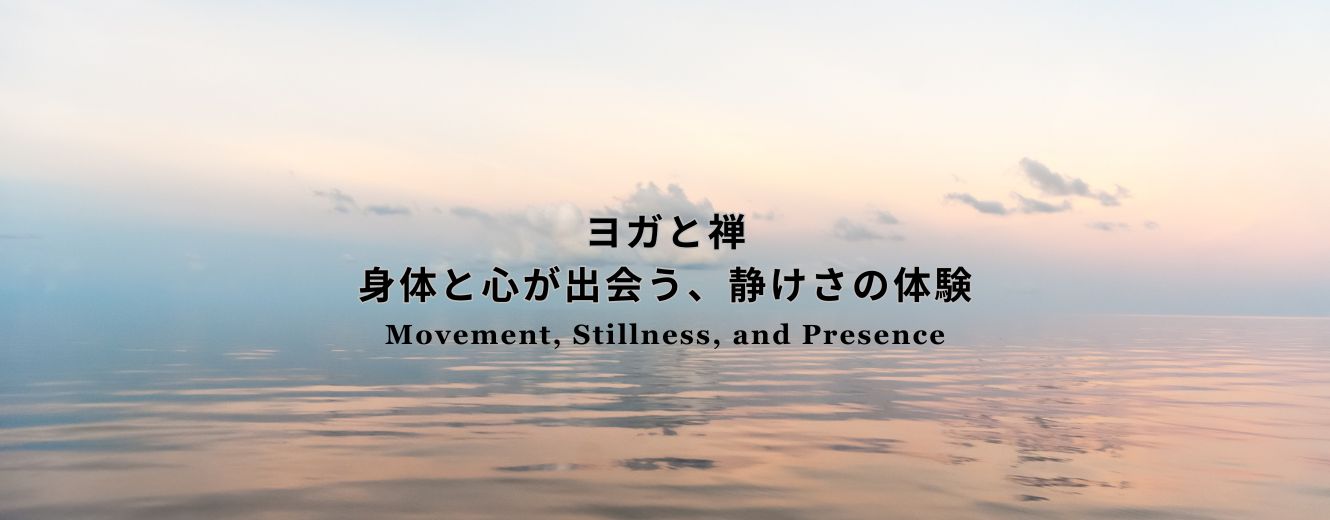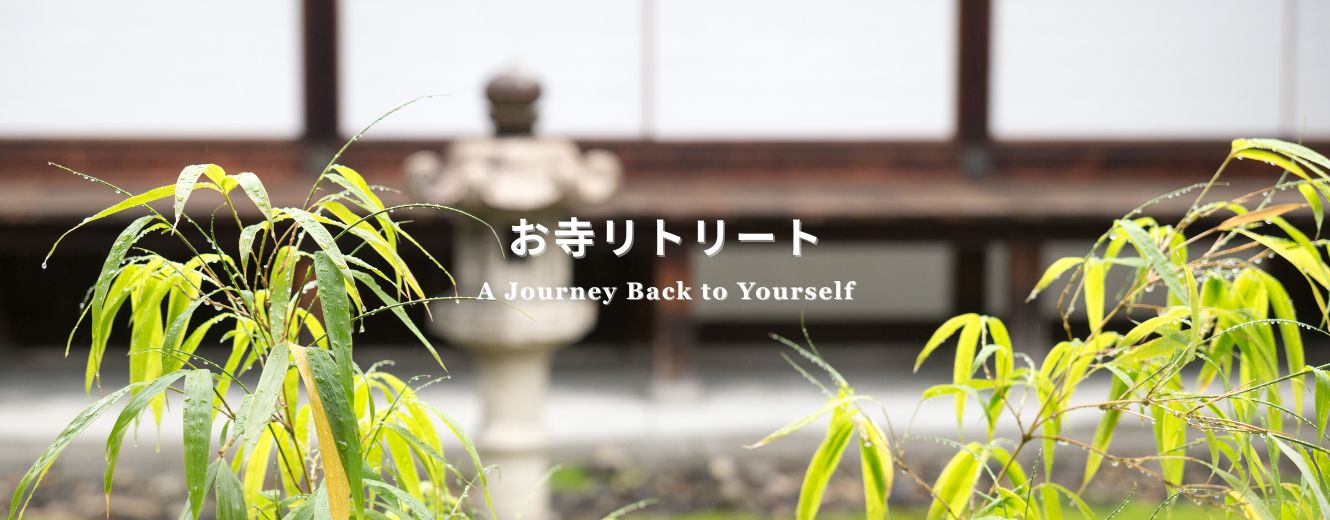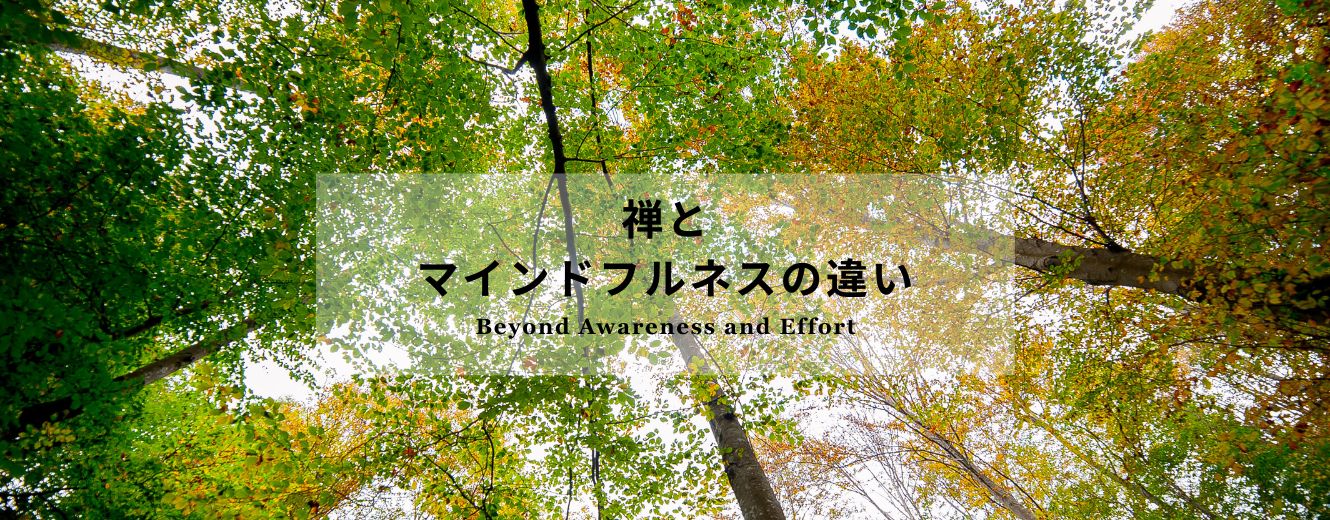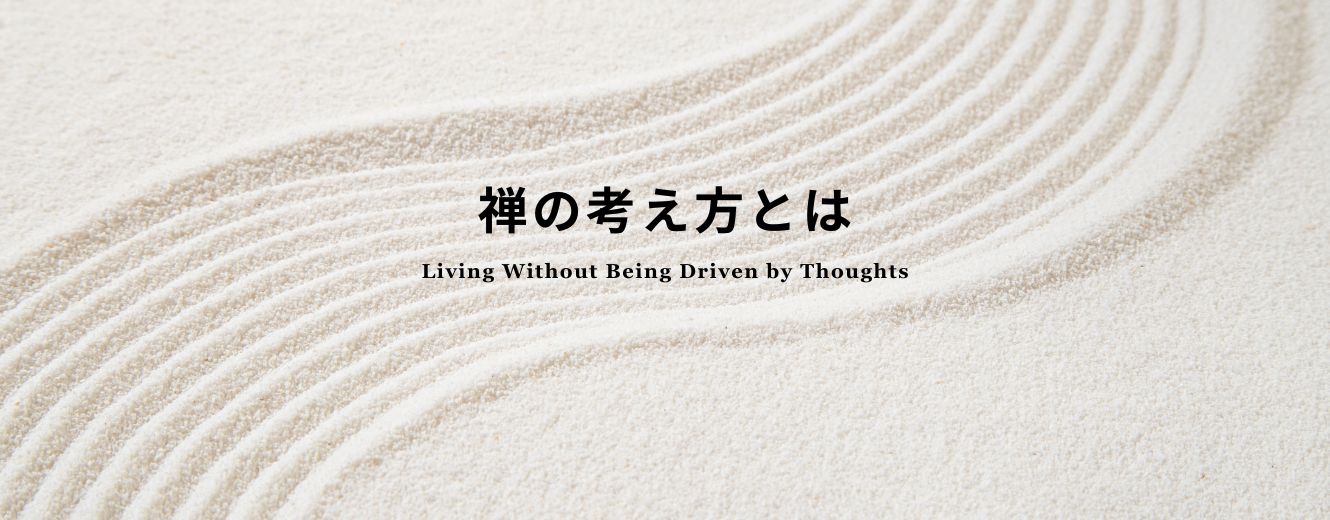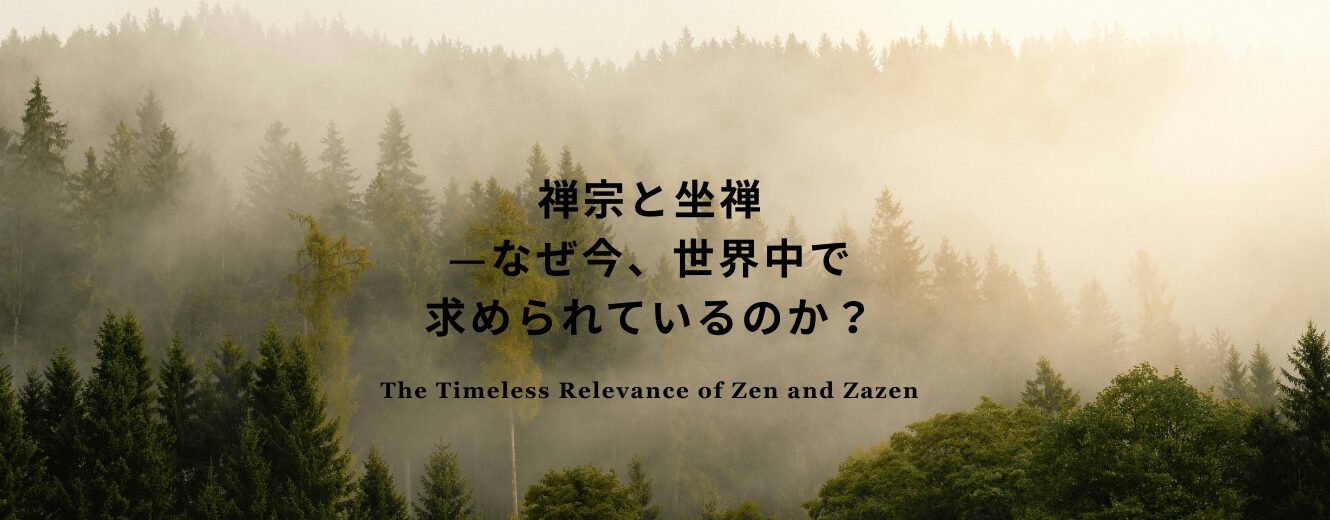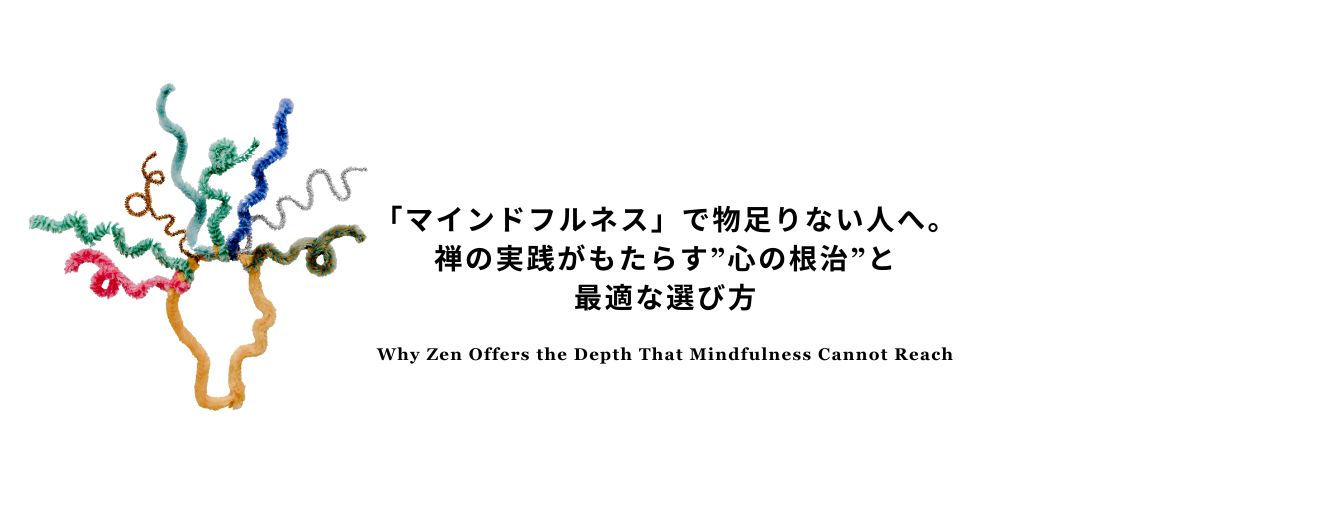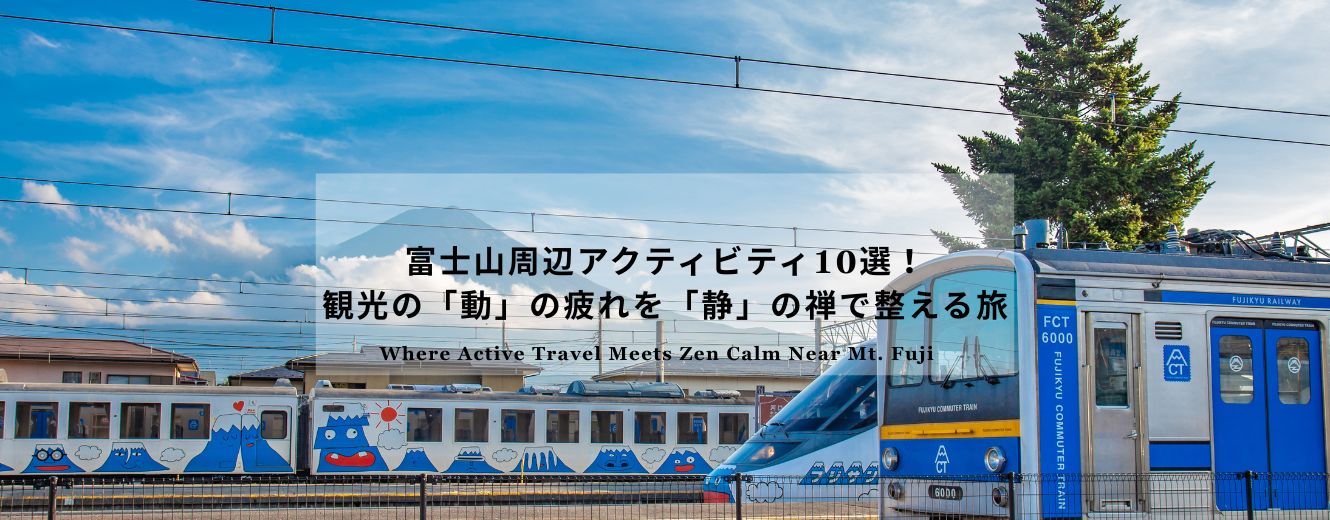Intro — What Meditation Practice Really Means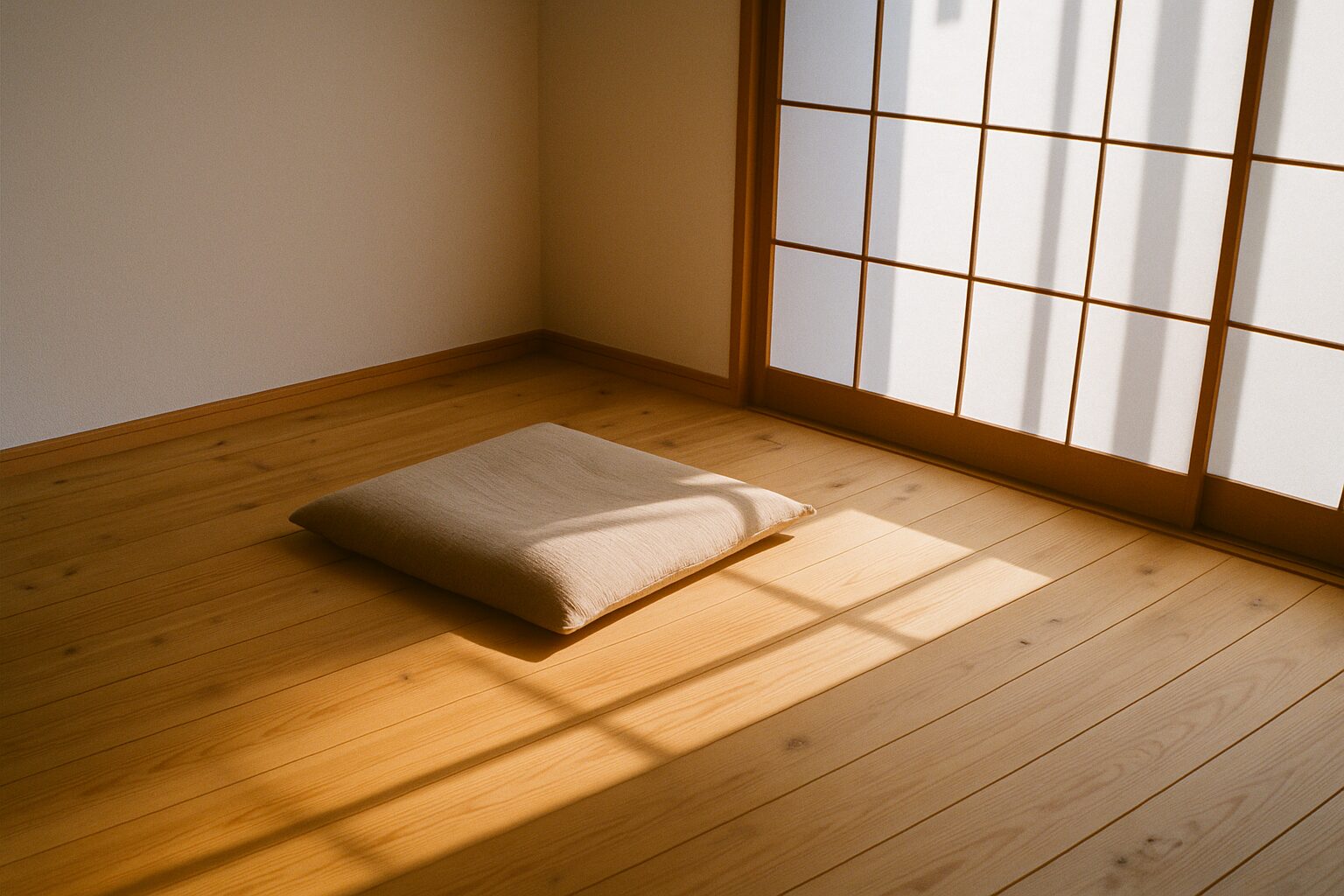
A meditation practice isn’t just the act of sitting still — it’s the ongoing relationship you build with awareness itself.
It’s how you learn to live with presence, not perfection. In Zen, practice isn’t preparation for life — practice is life.
👉 For beginners, start with our foundational guide:Mindfulness How to Practice — Simple Daily Steps to Calm the Mind
1. From Mindfulness to Meditation Practice — The Shift from Awareness to Being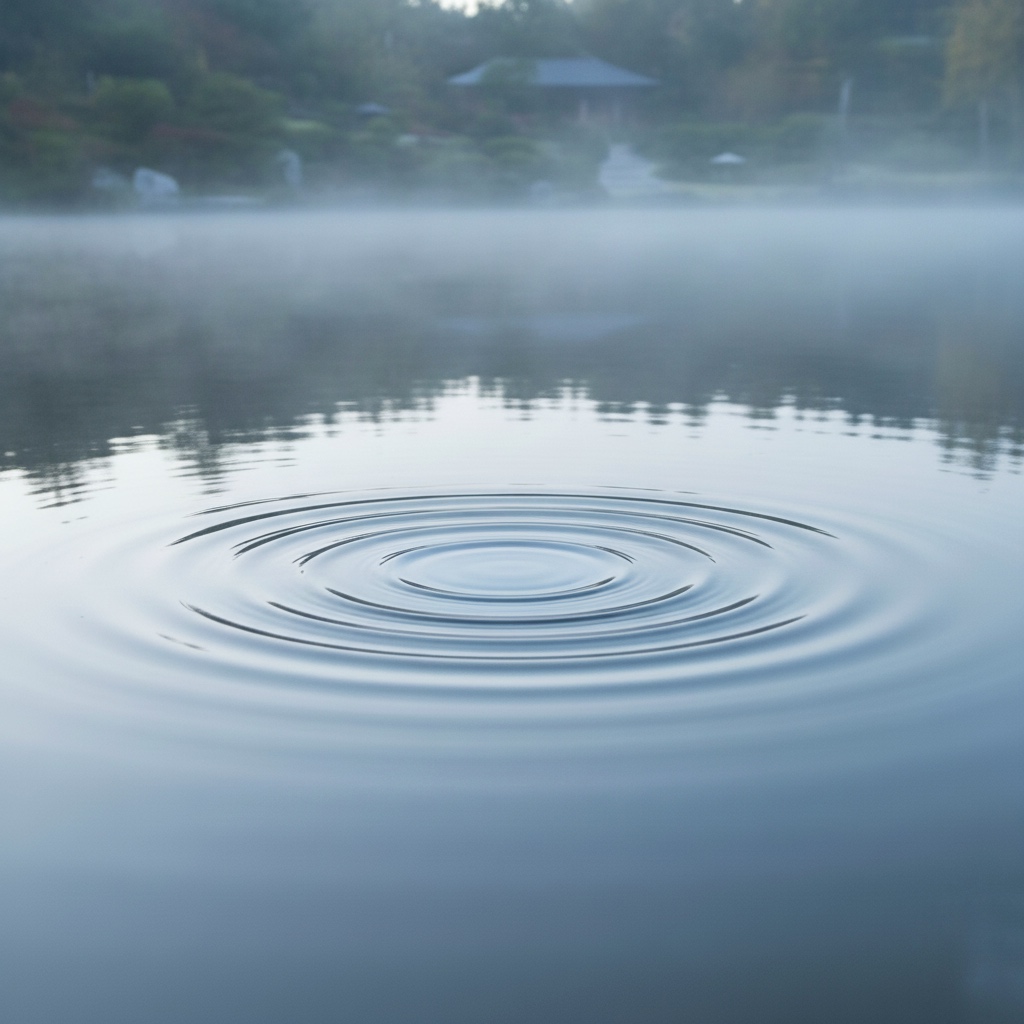
You’ve learned mindfulness. You can follow your breath, sit for five minutes, and even find brief calm between deadlines.
And yet — something still feels incomplete. That’s where meditation practice becomes more than a habit.
It stops being about stress management and becomes a way of meeting life itself.
In Zen, this shift is essential. Awareness (mindfulness) is the seed; practice is the root that lets it grow.
Through repetition — sitting, breathing, bowing — we shape not what we do, but who we are.
2. Why We Practice — Not to Escape, but to See Clearly
Many begin meditation to find relief — from noise, stress, or the pressure of constant demands.
But we practice not to escape life, but to see it clearly.
The Buddha’s teaching on suffering (dukkha) was never pessimism; it was an invitation to awaken.
When we stop running from discomfort, we begin to see its roots — fear, desire, control — and what happens when we release them.
In Zen, this release is called Hōgejaku (放下著) — “Put it all down.”
Only empty hands can hold what’s real. Meditation, then, is the art of letting go — not of the world, but of the way we grasp it.
Each time you sit, you’re not escaping life — you’re training yourself to meet it without armor. To be here, without needing to fix or flee.
3. Discipline and Freedom in Zen Tradition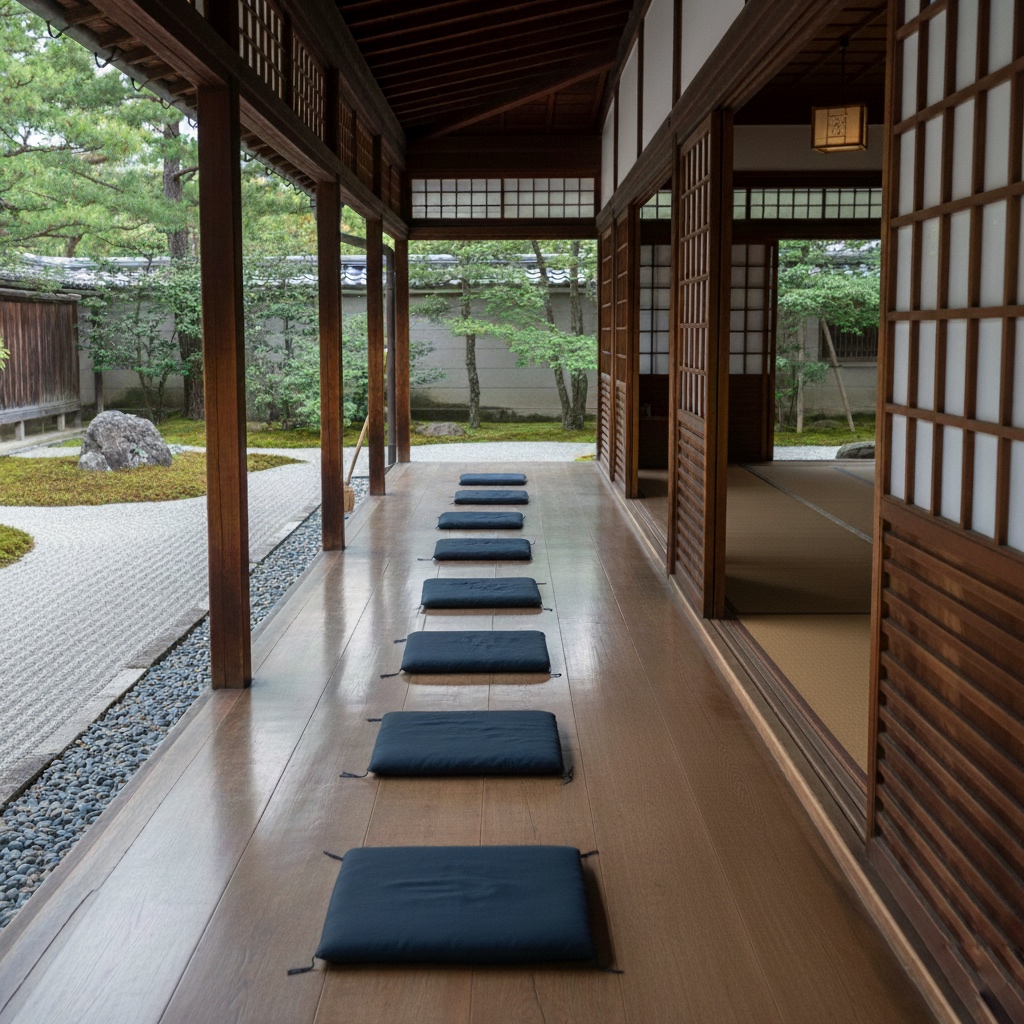
At first, “discipline” sounds harsh — rules, schedules, control.
But in Zen, discipline is not restriction; it’s alignment.
When I trained at Eiheiji, the head temple of Sōtō Zen, we followed every motion — bowing, eating, cleaning — with precision.
At first it felt suffocating.
Then I saw something profound: each repetition was a mirror showing where my mind resisted, where ego clung.
True freedom isn’t doing whatever you want. It’s doing one thing completely — until it disappears into being.
That’s why Zen says, “The form itself is the gate to freedom.”
In a world that praises endless choice, Zen reminds us: structure sets you free.
4. Silence as a Teacher — Listening to What Has Always Been There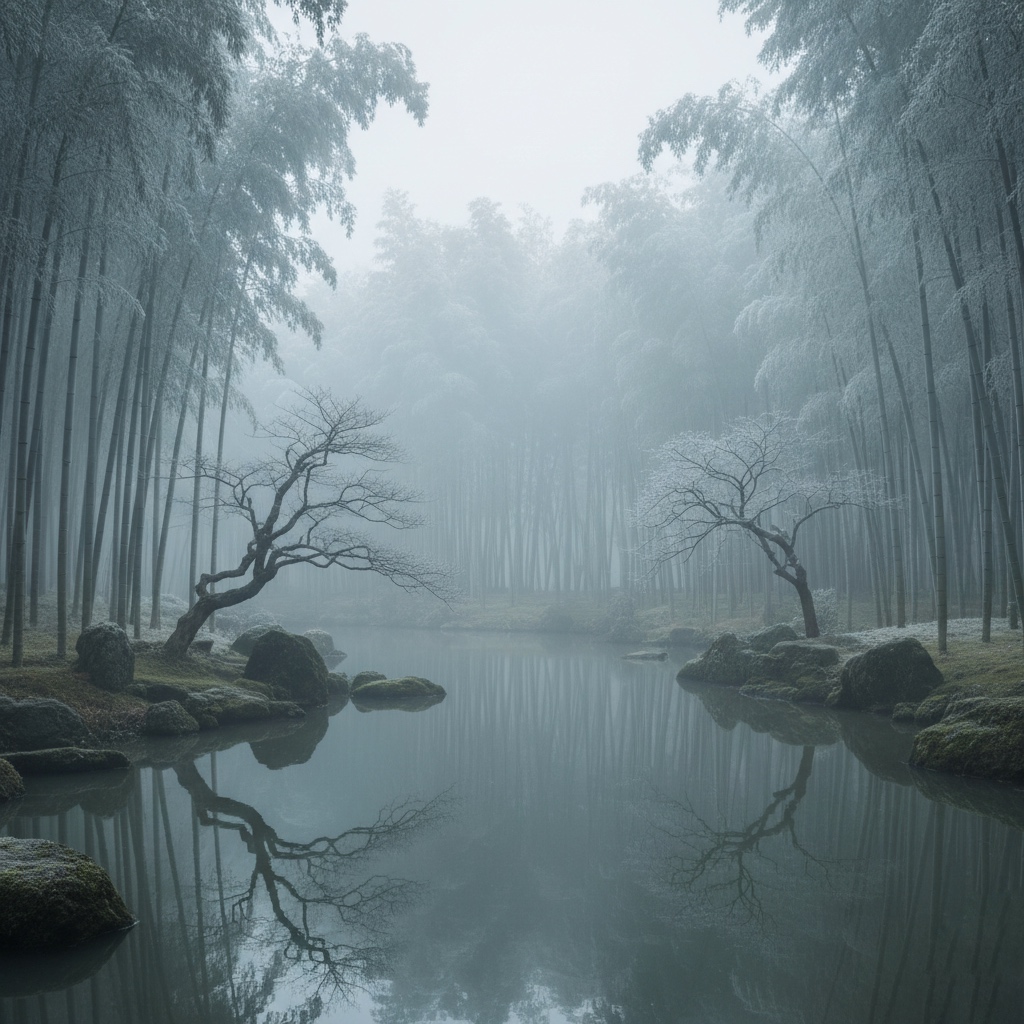
Silence is not the absence of sound.
It’s the space where truth begins to echo.
In meditation, you start to hear the small things — wind through trees, your own heartbeat, thoughts fading like waves.
That’s not emptiness; that’s awareness deepening.
Zen calls this ekō henshō (回向返照) — “turning the light inward.”
Instead of chasing answers outside, you begin to see what’s been inside all along.
Silence teaches restraint. Before you speak or react, you pause — and in that pause, clarity lives.
Meditation doesn’t add calm; it reveals the calm that was already there.
🧩 Key Insight: Meditation isn’t escape — it’s participation. Awareness deepens not by thinking, but by returning.
5. A Living Example — Zen Practice at Koun-in Temple
Nestled in the cedar forests of Yamanashi near Mt. Fuji, Koun-in Temple embodies this way of living. Here, meditation isn’t a concept — it’s embodied. Monks guide visitors through zazen (seated meditation), shakyo (sutra copying), and shojin ryori (Zen cuisine), teaching that awareness can be lived, not just studied.
🌿 Program Highlights
- Zazen Meditation — short guided sittings in English
- Sutra Copying (Shakyo) — tracing the Heart Sutra to train patience and compassion
- Mindful Actions — simple movements to shift from doing to being
- Shojin Ryori (Zen Cuisine) — seasonal plant-based meals that reflect gratitude and impermanence
🕓 Duration: 3–4 hours 💰 Fee: ¥10,000–15,000 📍 Location: Tsuru City, Yamanashi — 90 min from Tokyo / near Mt. Fuji
👉 Visit:Koun-in Temple Zen Retreat
👉 Explore related guide:Buddhist Retreats in Japan — Where Stillness Becomes Practice
6. Voices from Participants — Zen Retreat Experiences in Japan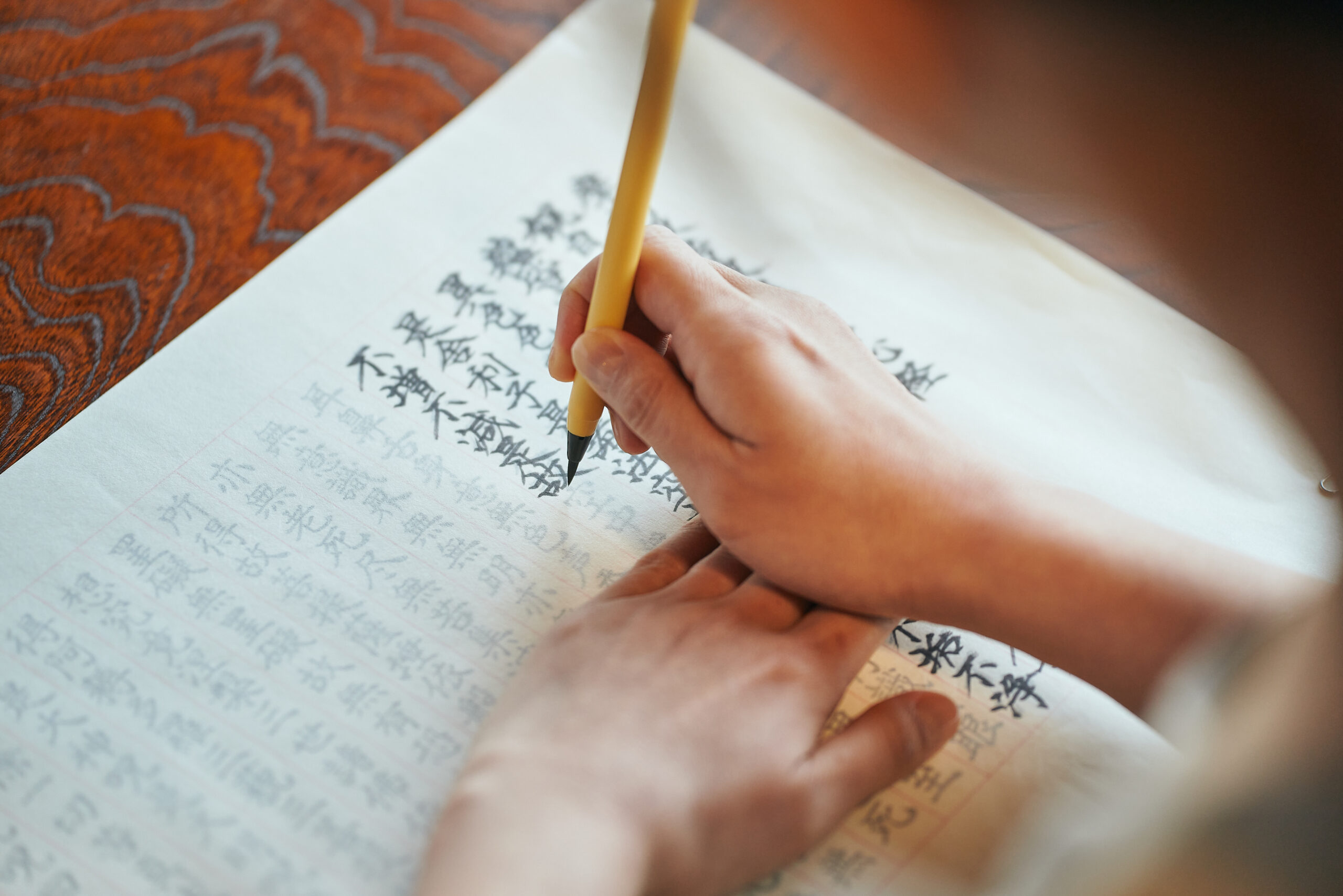
“The meditation retreat in Japan was the highlight of my trip. Sitting quietly near Mt. Fuji gave me peace I’d never felt before.”
“More than sightseeing — it felt like stepping into the living spirit of Japanese culture.”
“The combination of yoga and zazen was unforgettable. It helped me experience mindfulness in a new way.”
“We joined as a couple, and sutra copying and temple food made the retreat uniquely Japanese.”
“As a senior traveler, I felt supported. Yoga prepared my body, and meditation gave me renewed energy.”
“As a yoga practitioner, the blend of movement and stillness in an authentic Zen setting was powerful.”
7. A Personal Note — From Rev. Chiken Kawaguchi, Vice Abbot of Koun-in Temple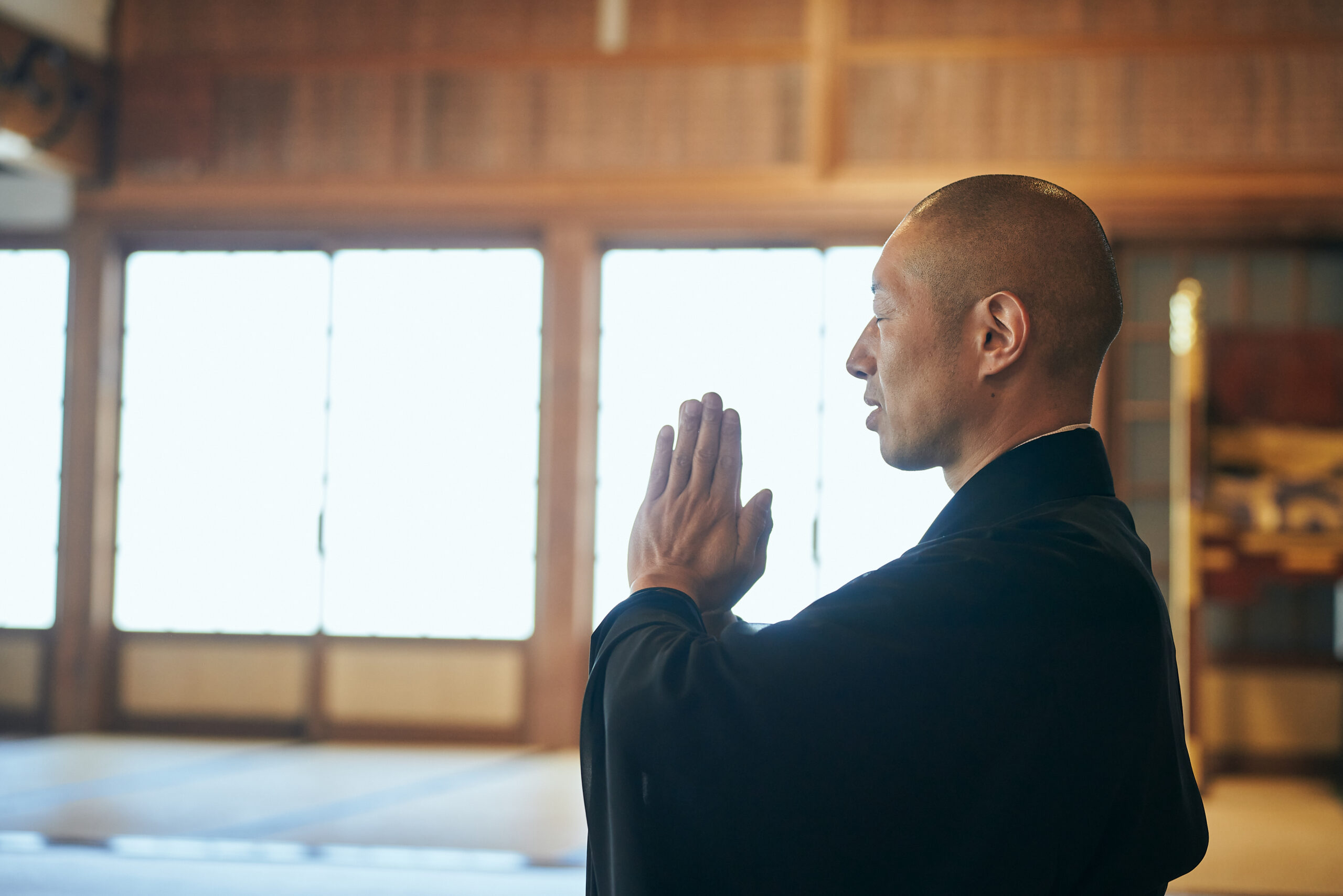
Hello — I’m Rev. Chiken Kawaguchi, Vice Abbot of Koun-in Temple, a Sōtō Zen monastery in the foothills of Mt. Fuji, Japan. For most of my early life, I chased momentum — more work, more stimulation, more success.
Like many people today, I believed peace would come after achievement.
But I eventually learned that true peace begins before achievement — in the practice of stillness itself.
When I trained at Eiheiji, the head temple of Sōtō Zen, I discovered something surprising: Discipline isn’t about restriction — it’s about alignment. Each bow, each breath, each repetition became a mirror showing me where my mind was scattered and how to return.
In Zen, we say that practice is not preparation for life — it is life itself. Meditation is not an escape from busyness; it’s the foundation that lets us move through it with clarity.
You don’t have to leave your job, shave your head, or move to a temple.
A meditation practice begins the moment you decide to pause — to sit, breathe, and see things as they are.
Five minutes a day can become your temple. When you keep that small promise to yourself, even amid chaos, you’re already walking the Zen path. That consistency — not perfection — is what transforms awareness into wisdom.
So wherever you are, begin. Not tomorrow. Not “when things slow down.” Now.
👉 Begin your own practice wherever you are:Join Online Zazen from Japan
8. FAQ — About Buddhist Retreats in Japan
Can I join alone?
Yes. Many participants come solo, seeking quiet time for themselves. Beginners are warmly supported.
How long is the program?
About 3–4 hours — easy to fit into a travel schedule.
Is English guidance available?
Yes. Simple English guidance is provided.
Is Shojin Ryori included?
It depends on the plan. Choosing the meal option allows you to experience mindful eating.
Do I need to bring anything?
No. Comfortable clothing is enough — all materials are provided.
How do I book?
Please make an advance reservation through our contact form. Early booking is recommended, especially on weekends and holidays.
👉 Ready to experience Zen in Japan?:Book your retreat here
Closing Thought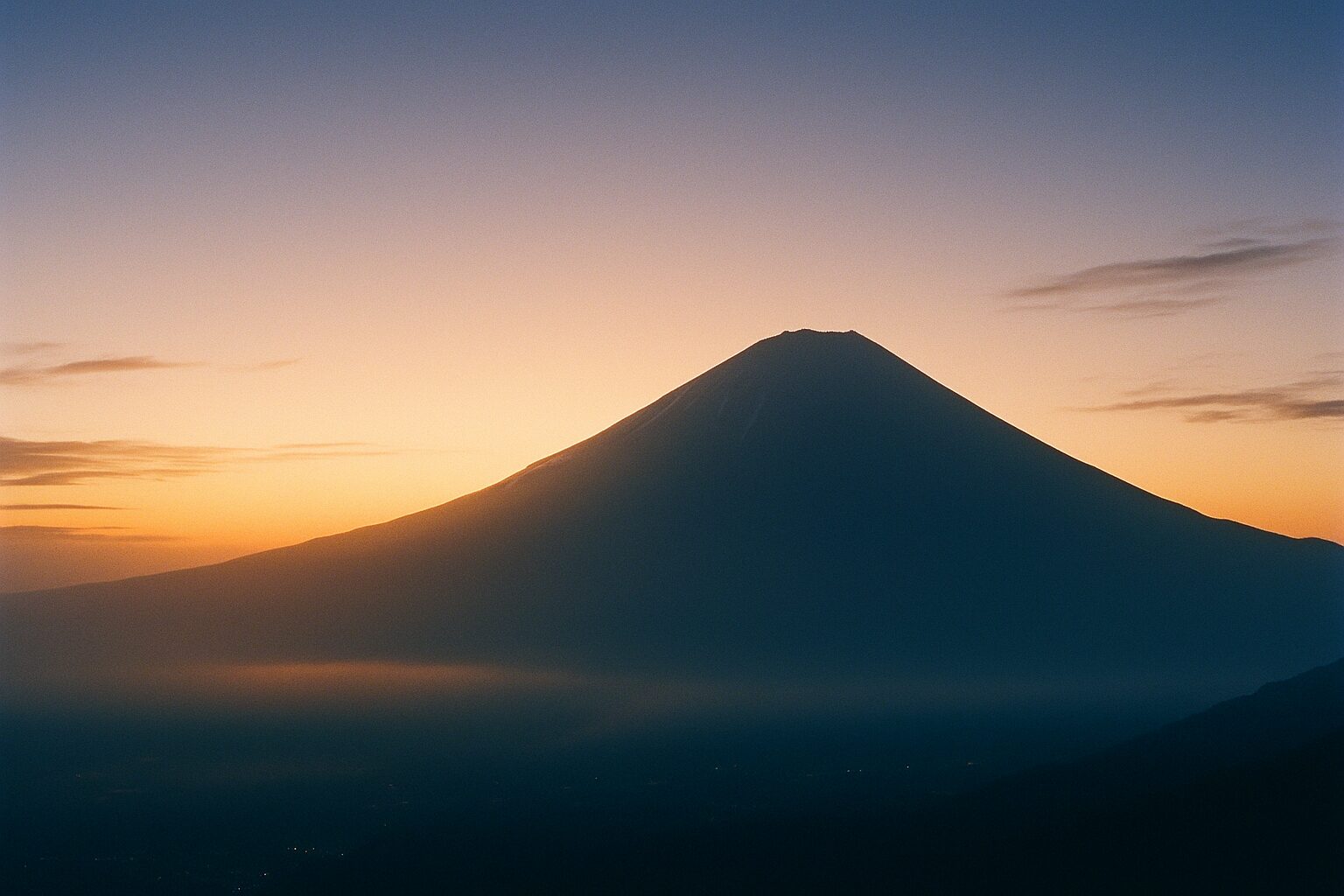
You don’t need to move to a monastery to practice meditation. You just need five minutes — and the courage to meet yourself honestly, again and again.
You don’t meditate to become calm. You meditate to remember you already are. Practice doesn’t prepare you for life. Practice is life. And clarity begins the moment you stop trying to reach it.

